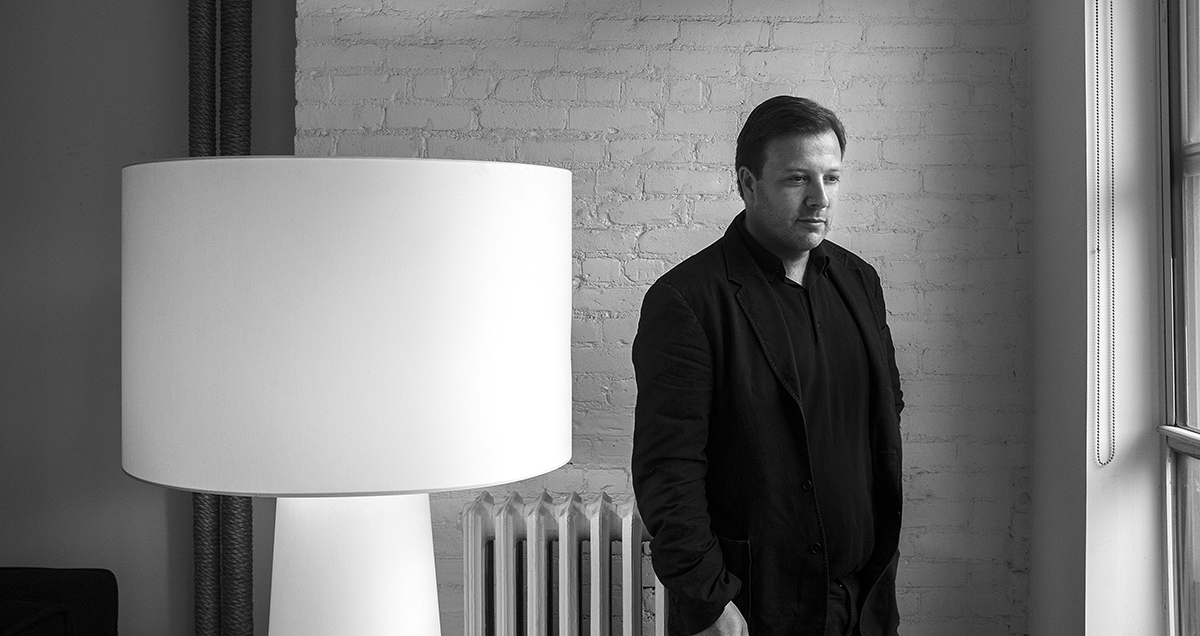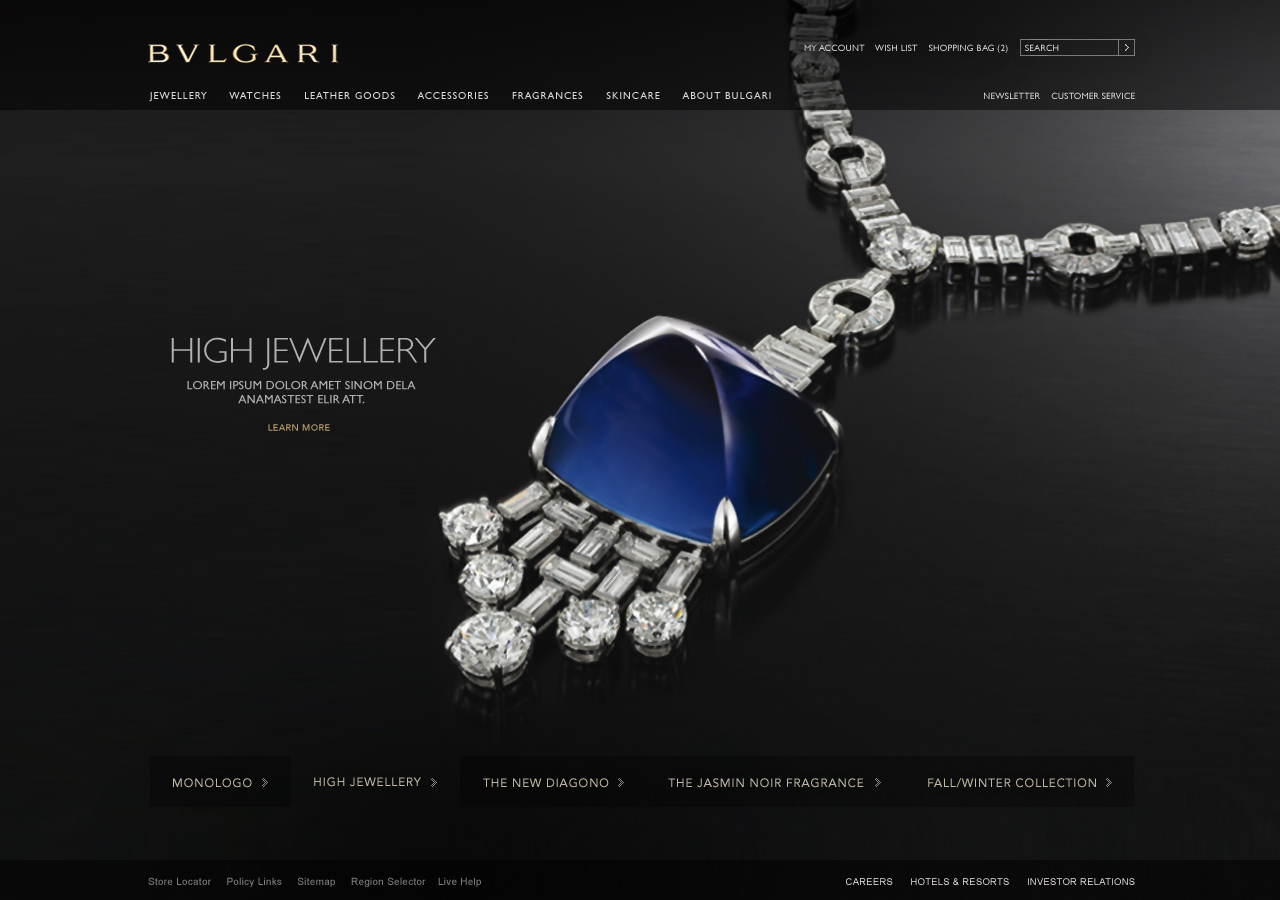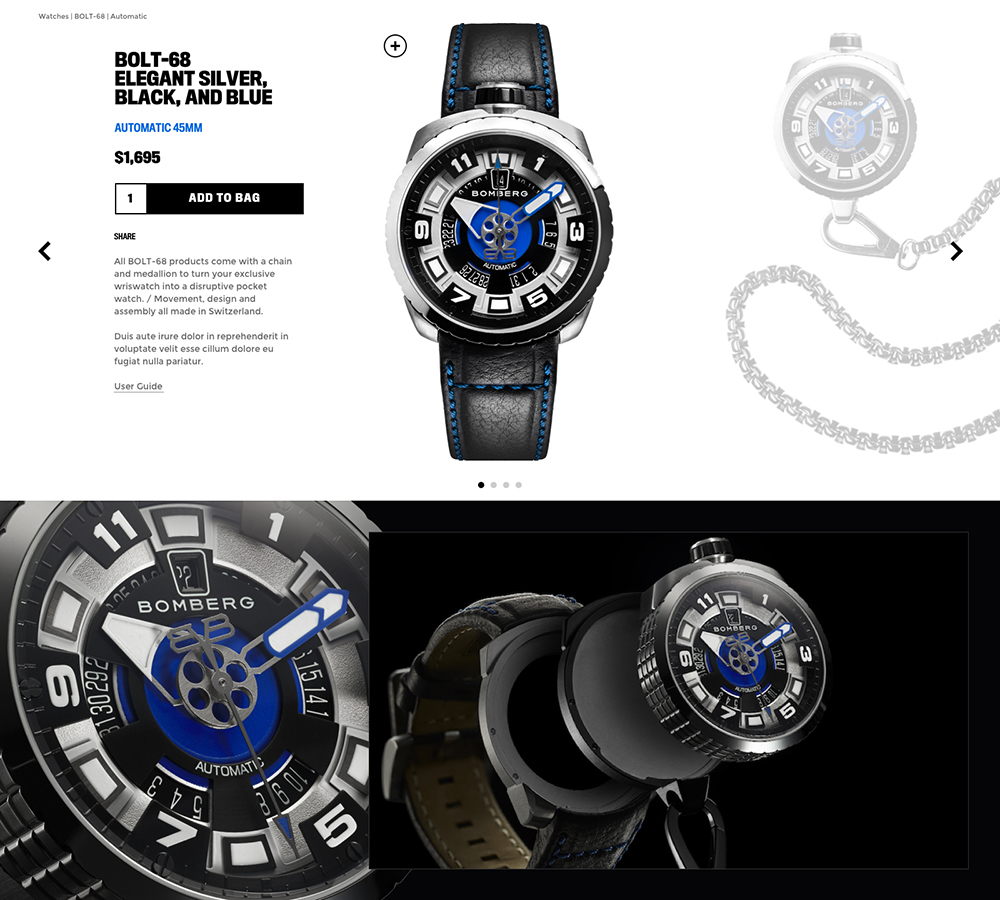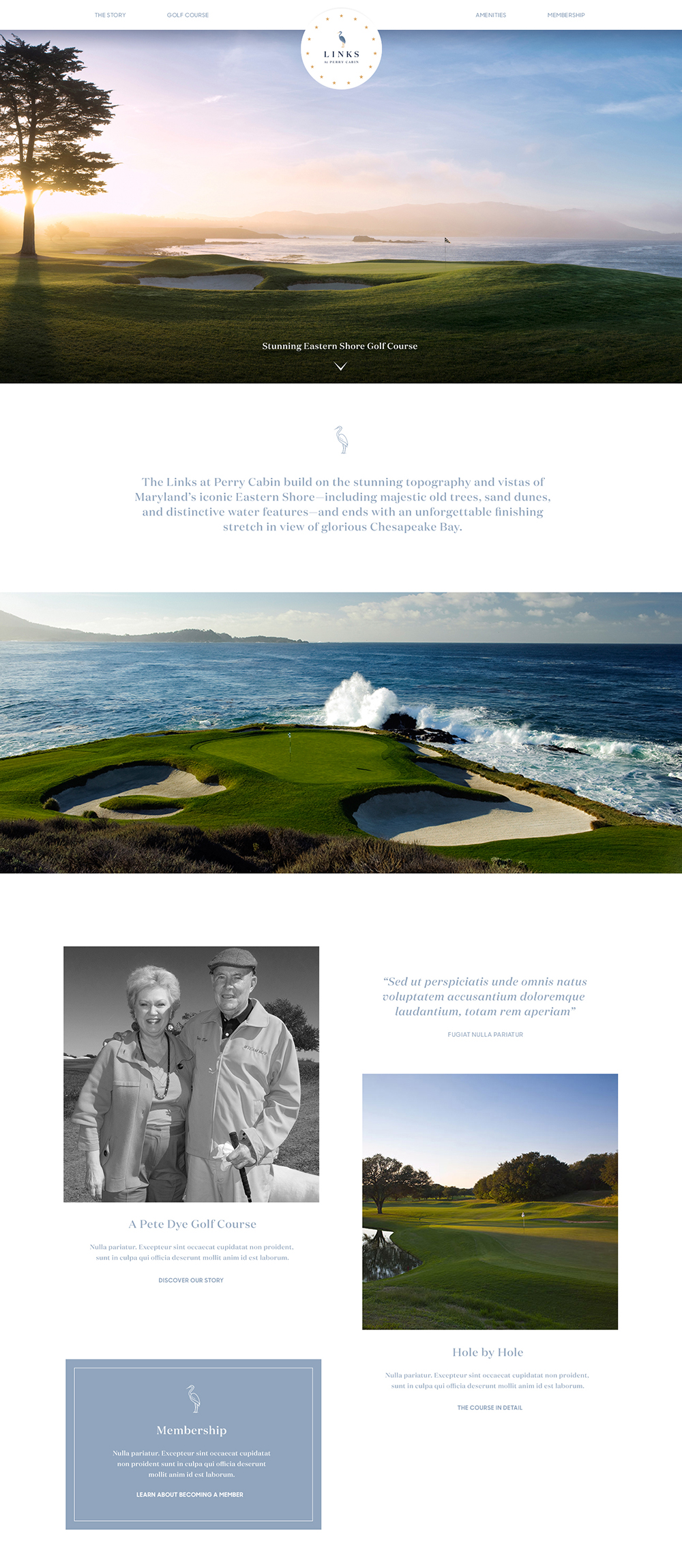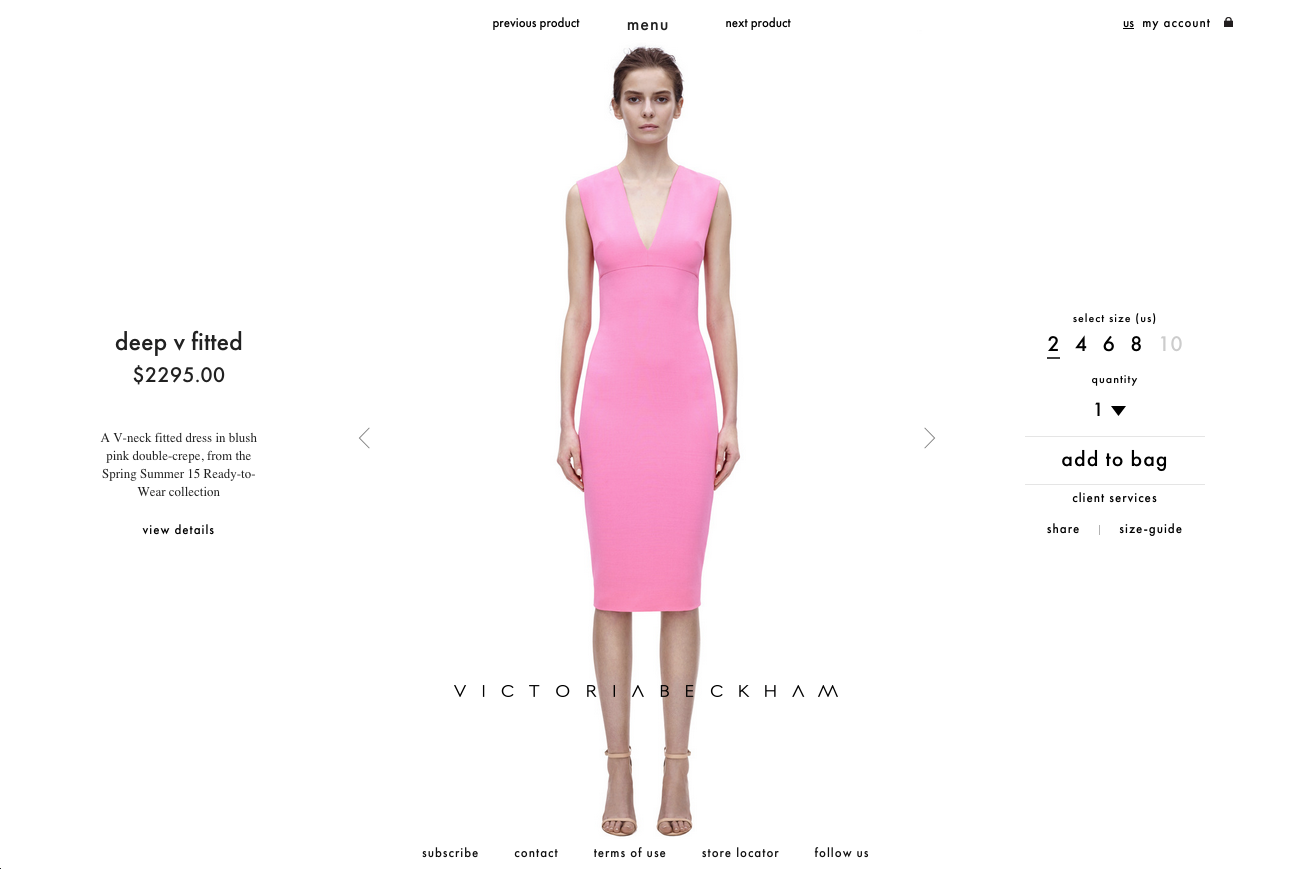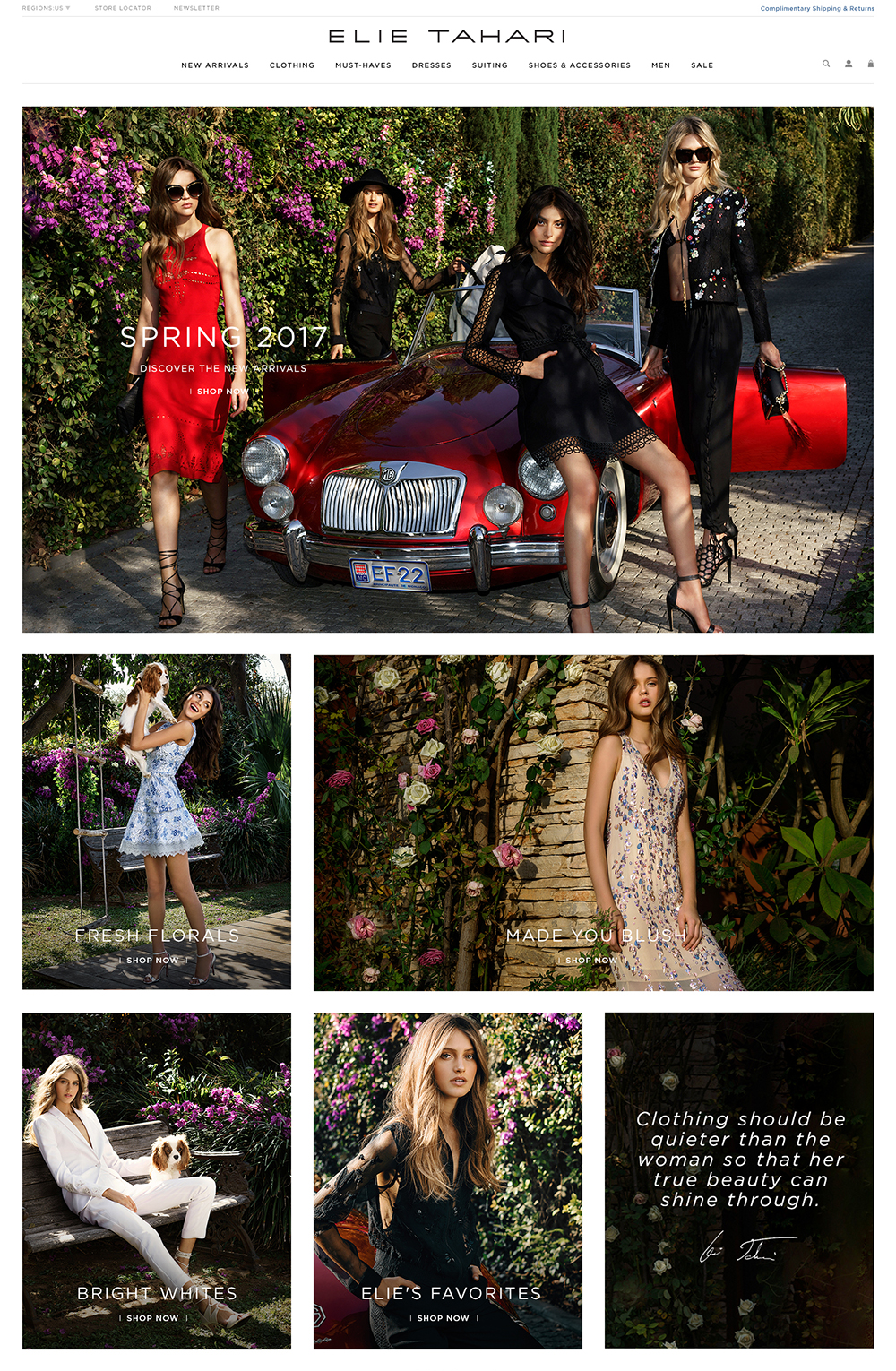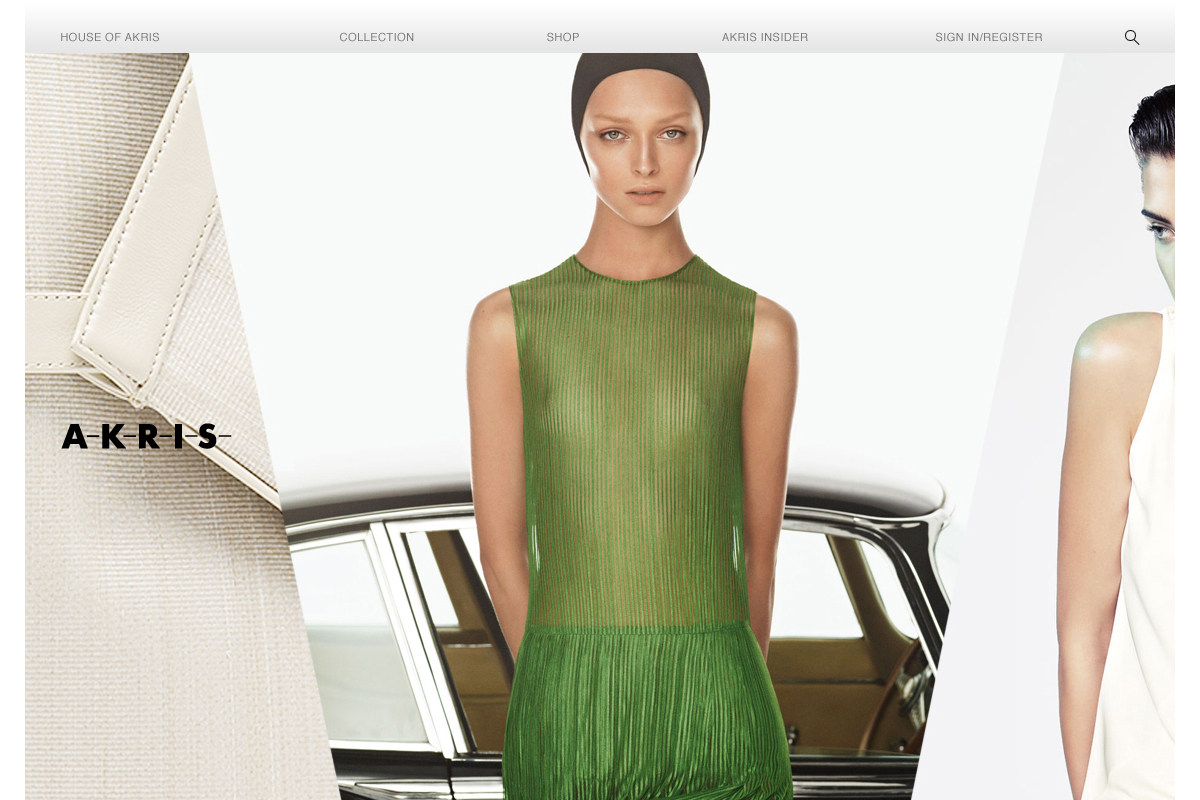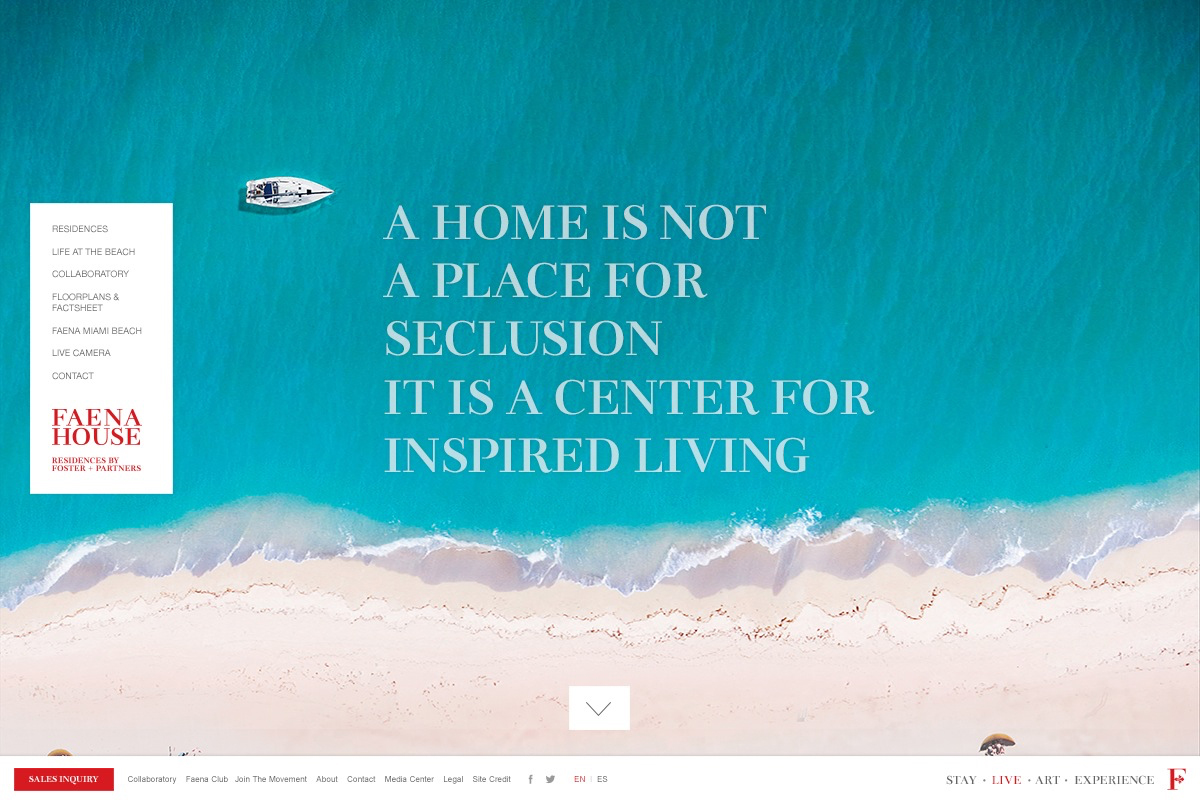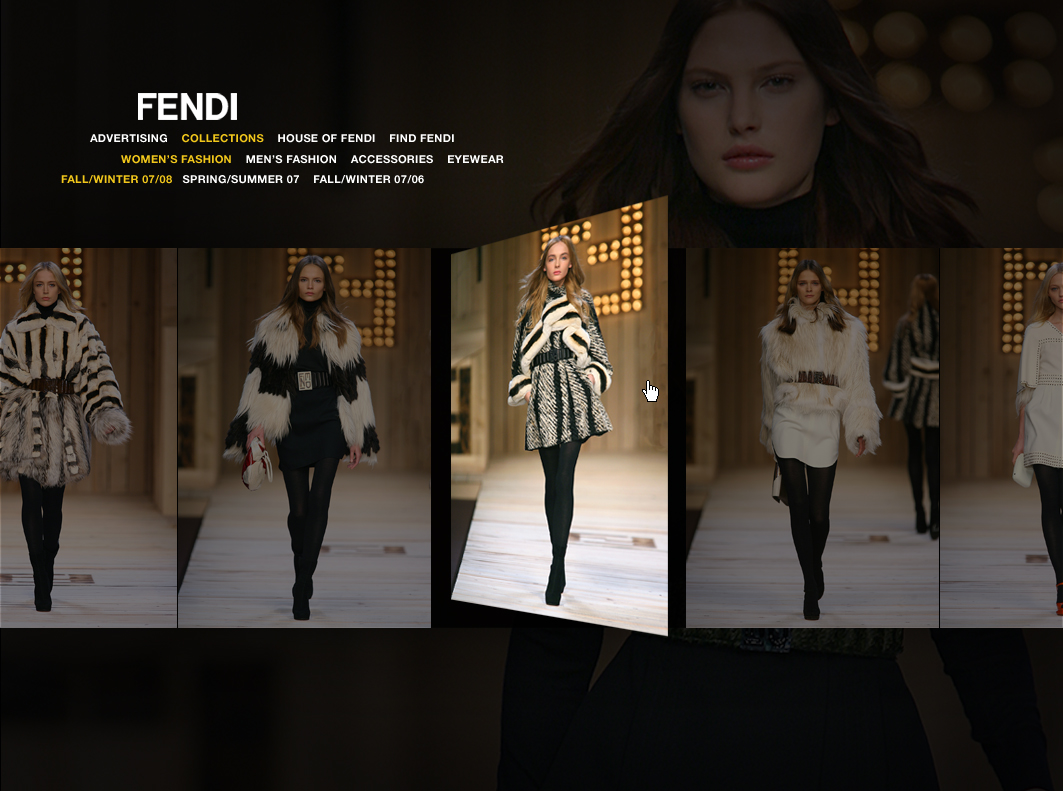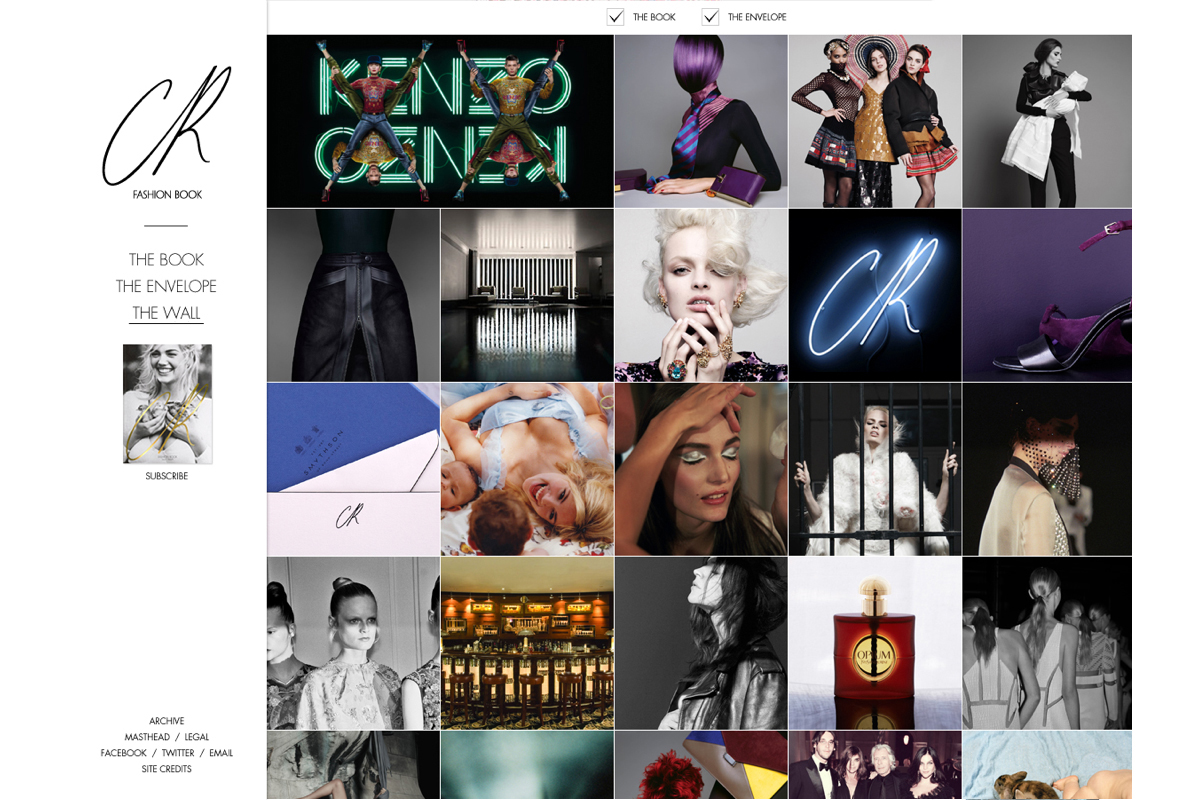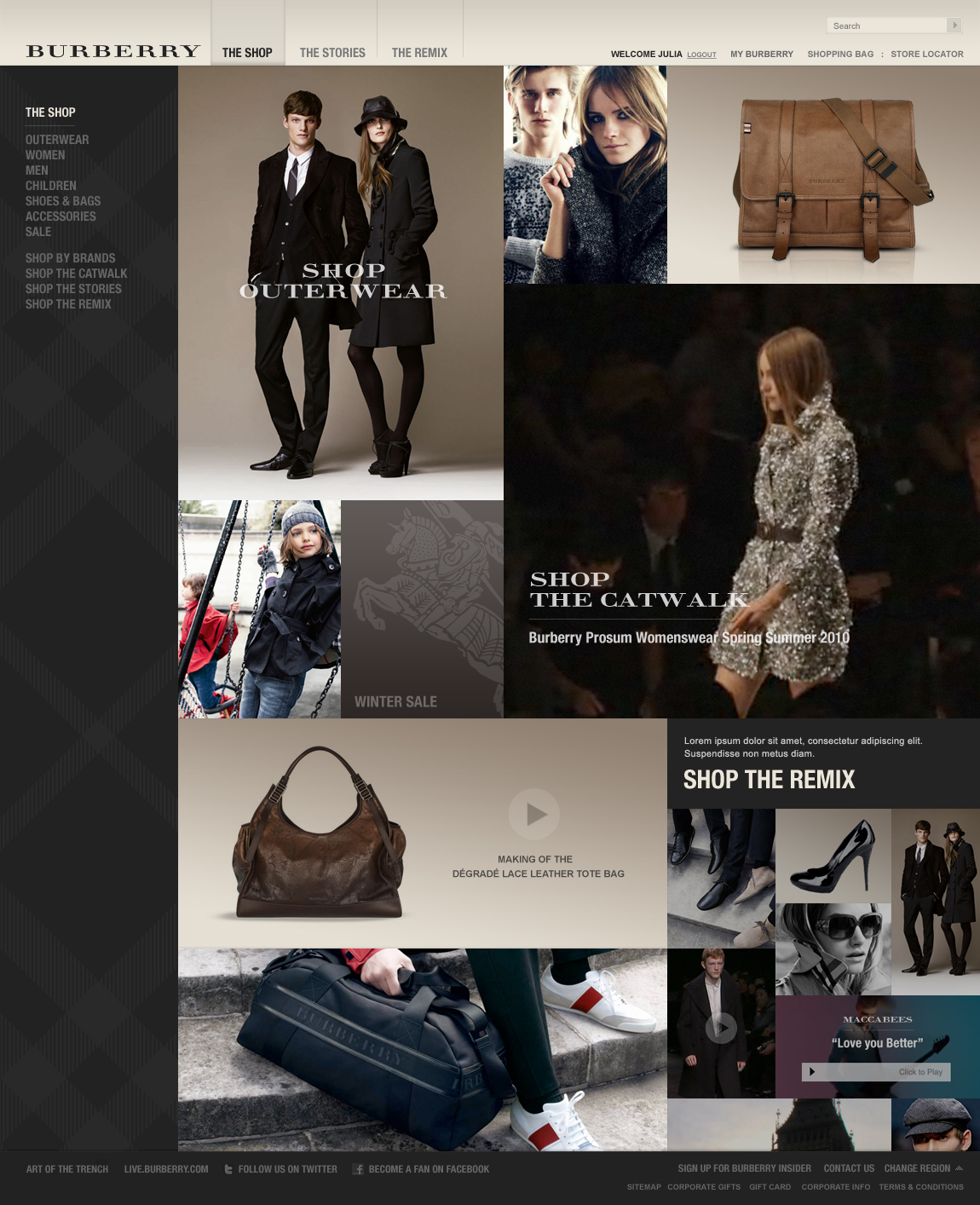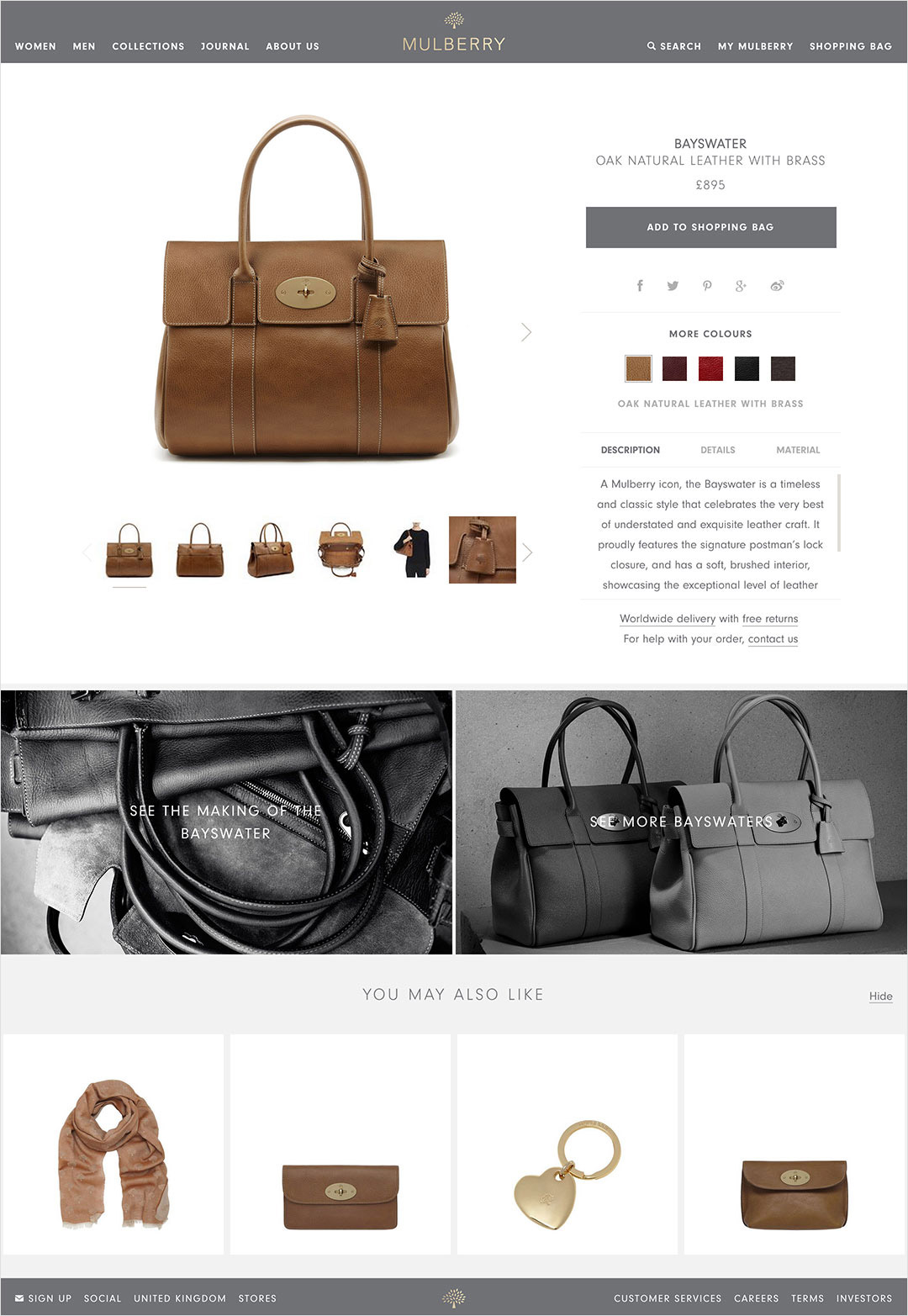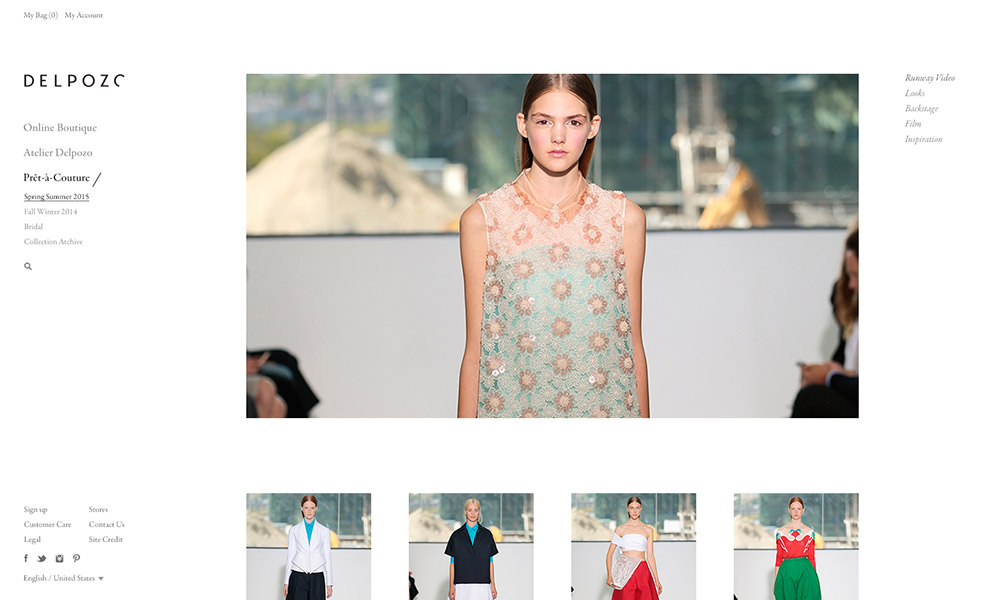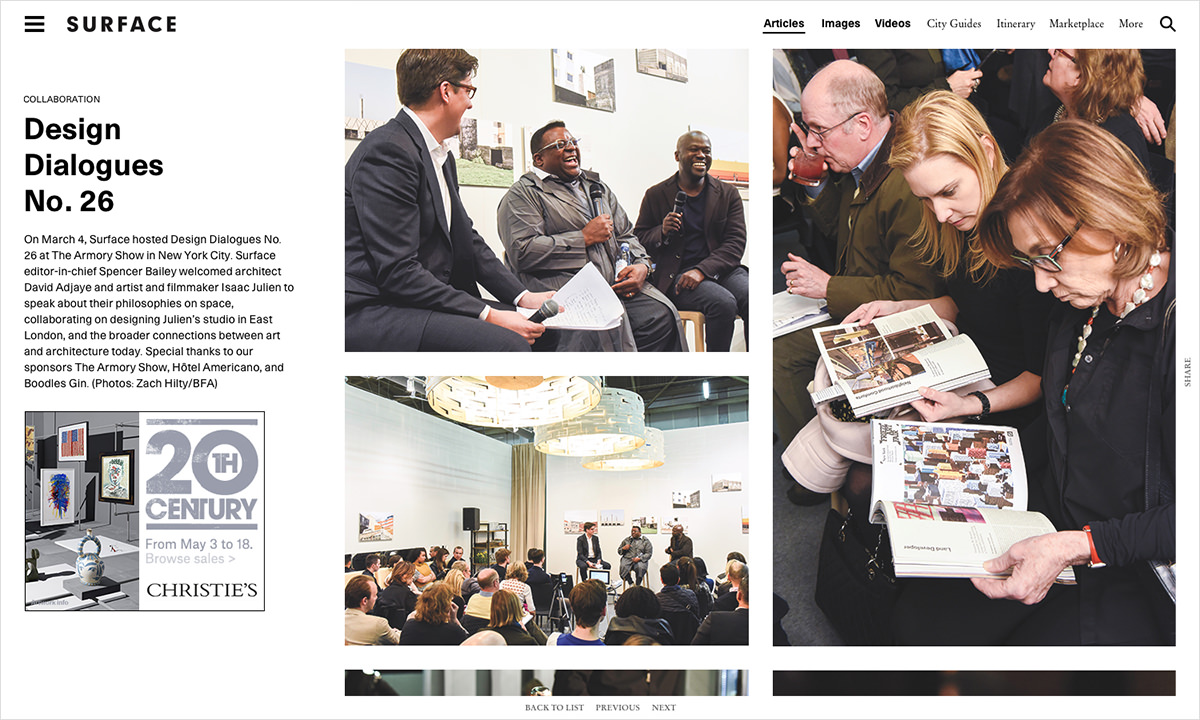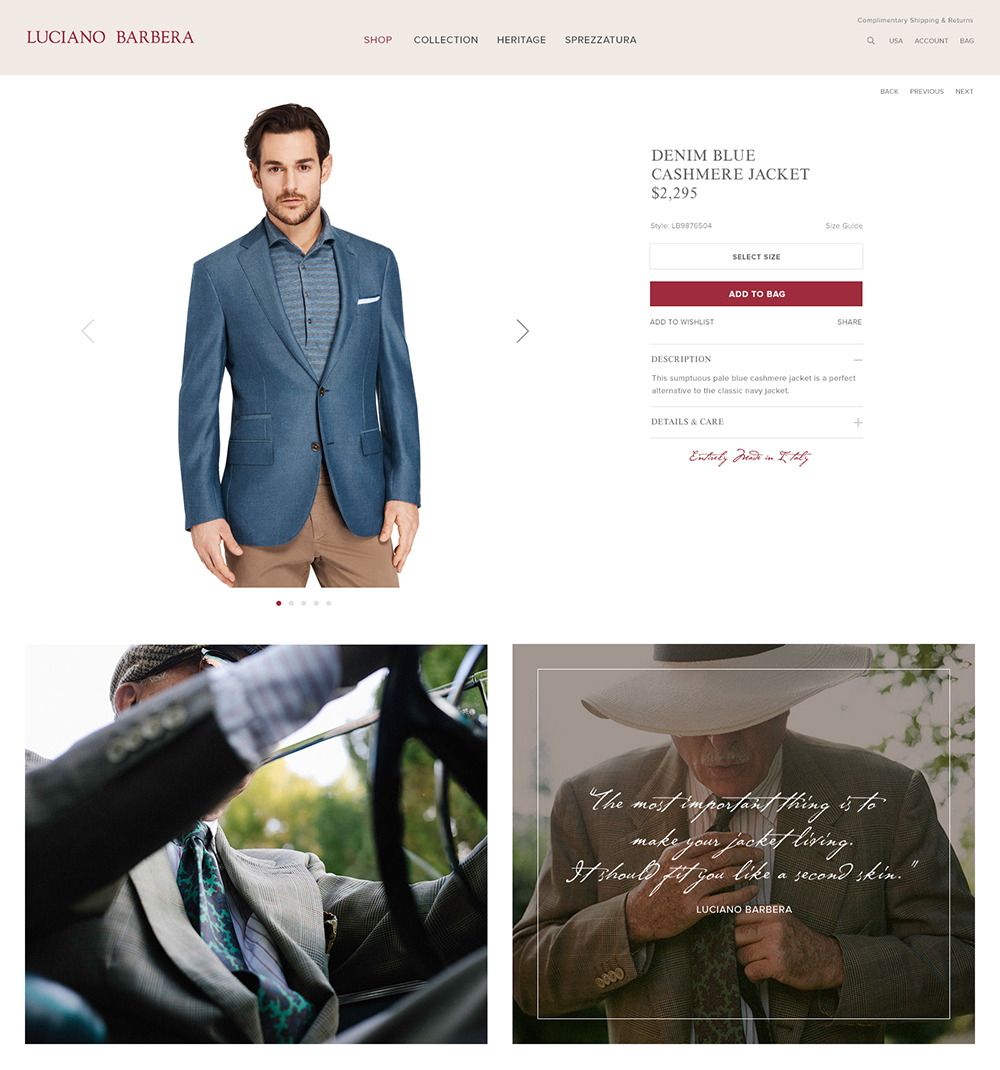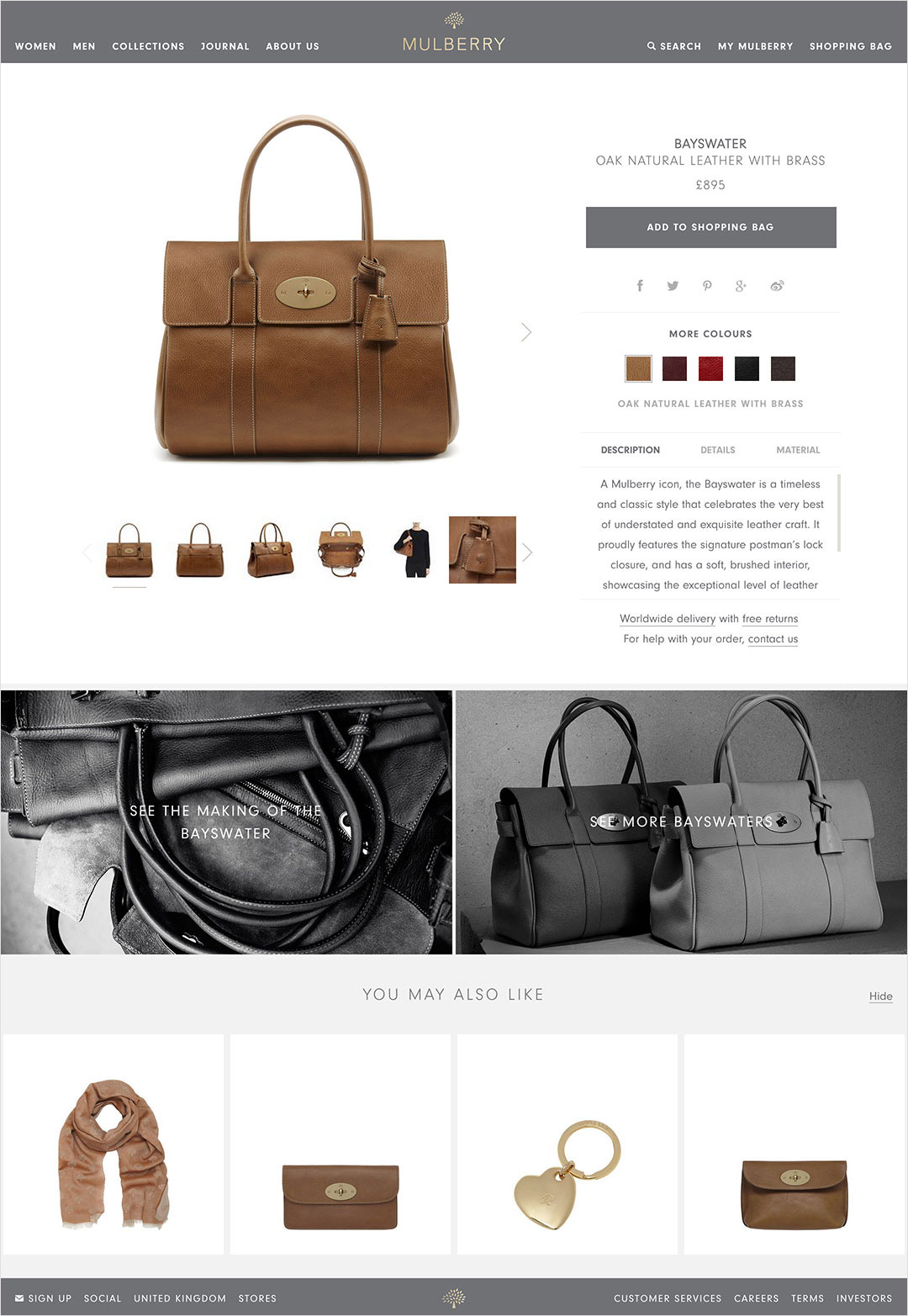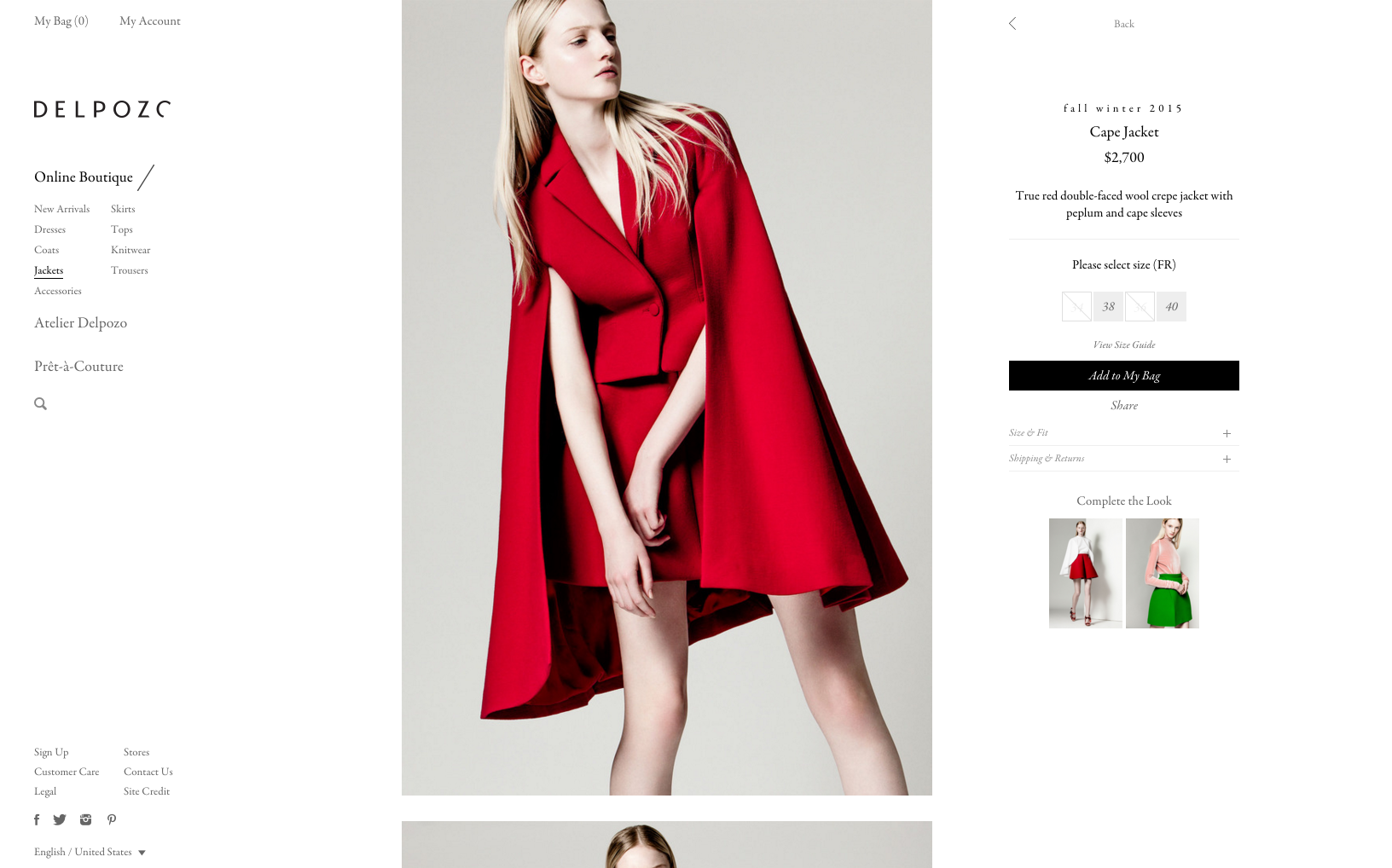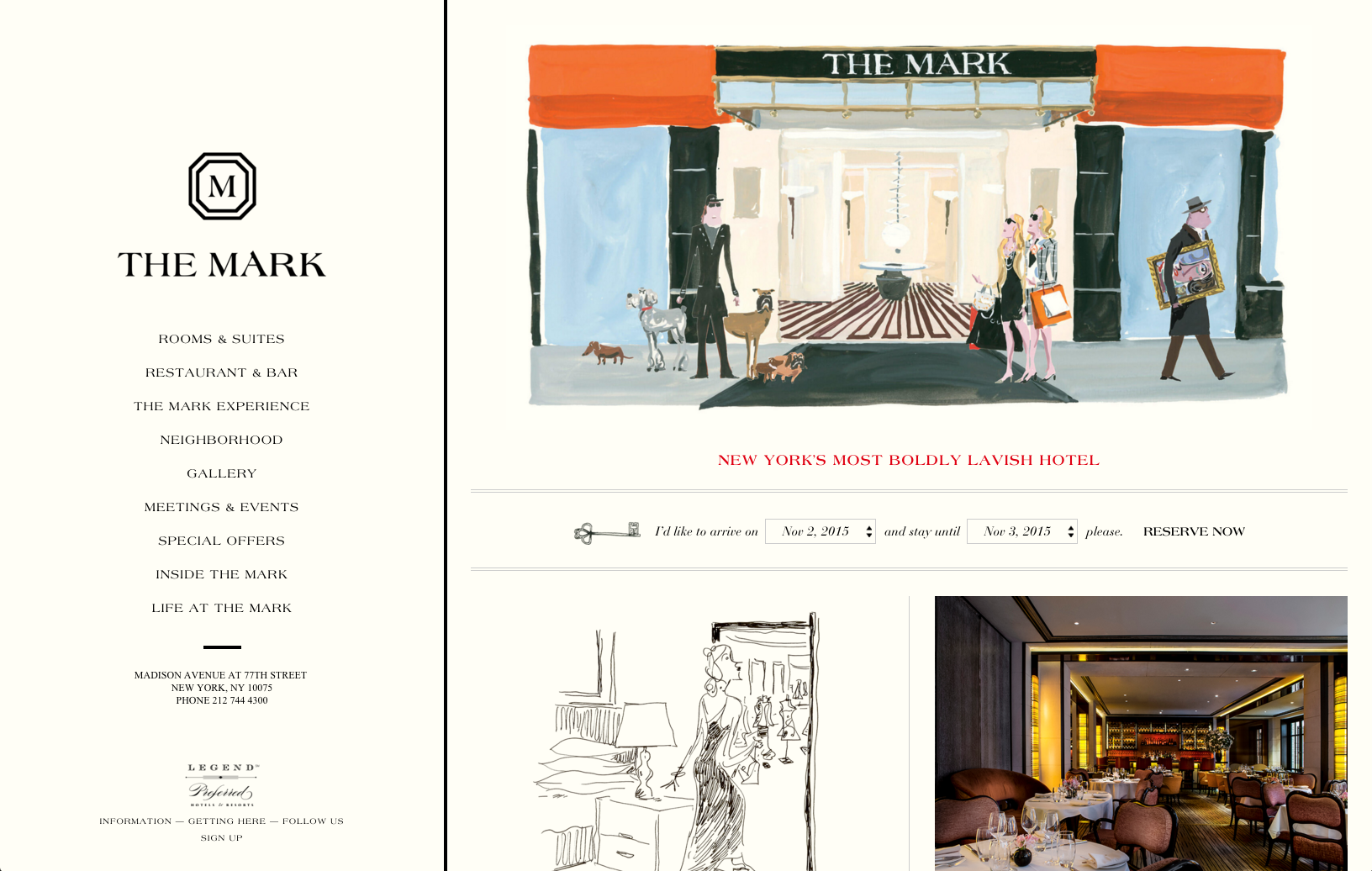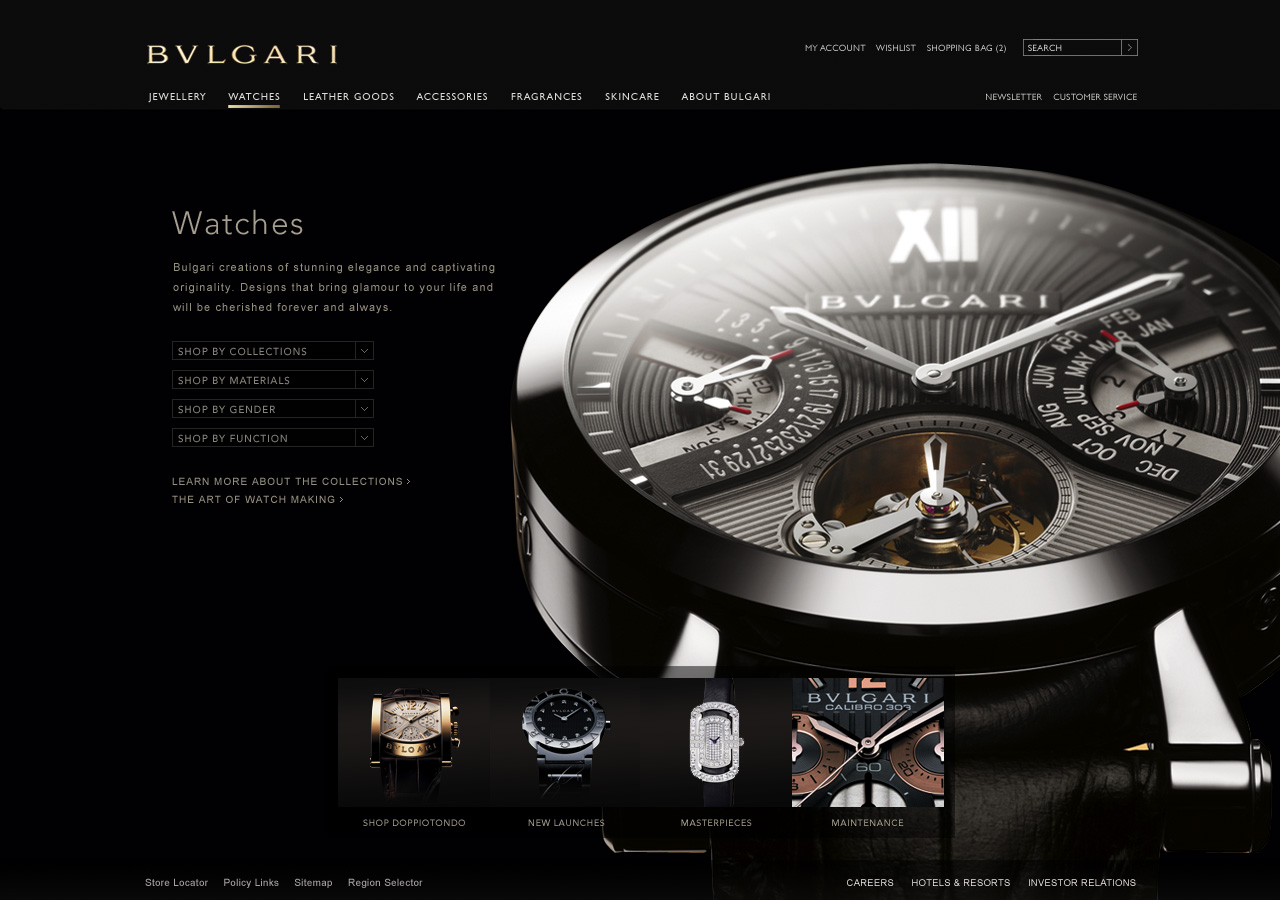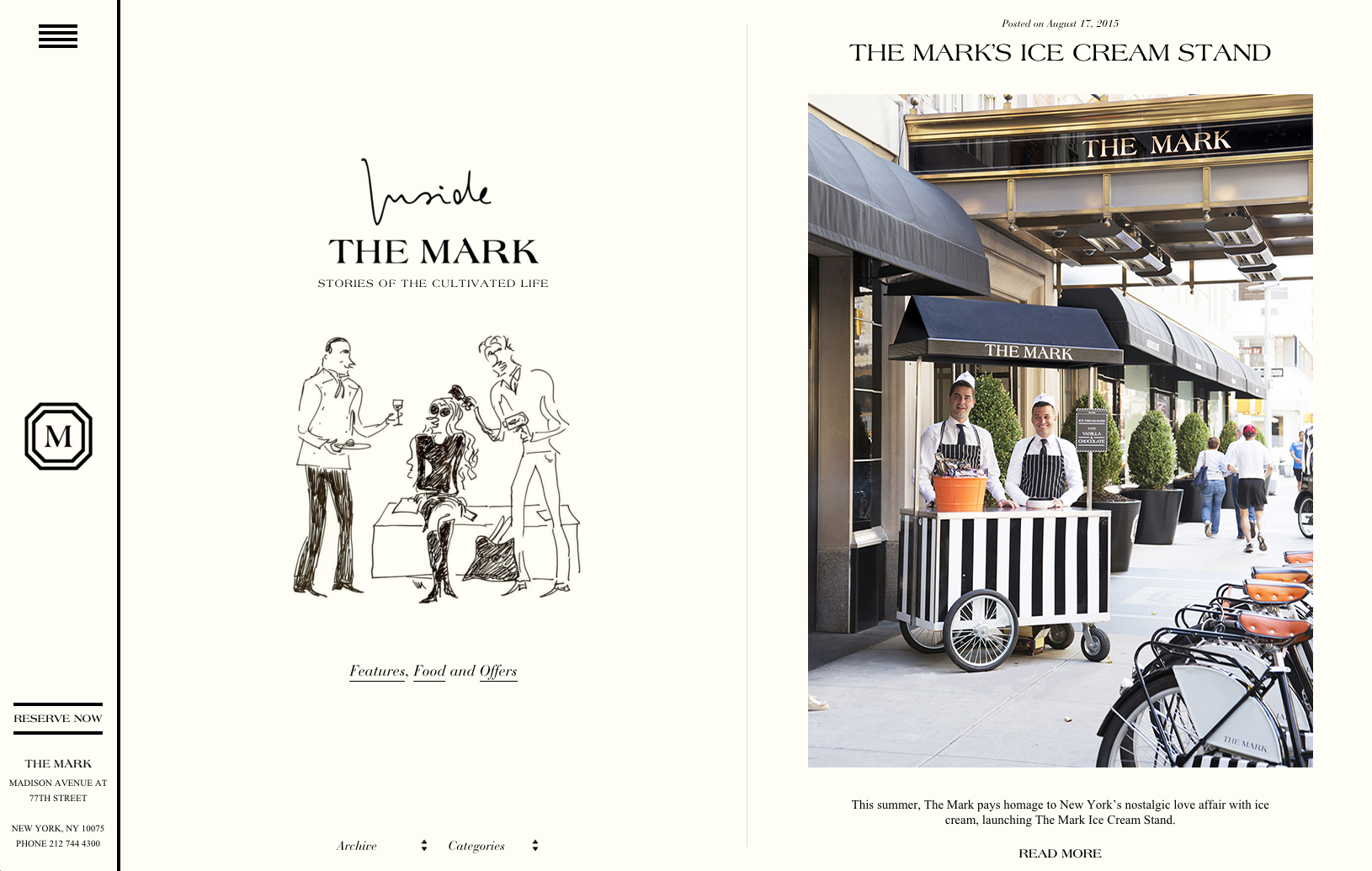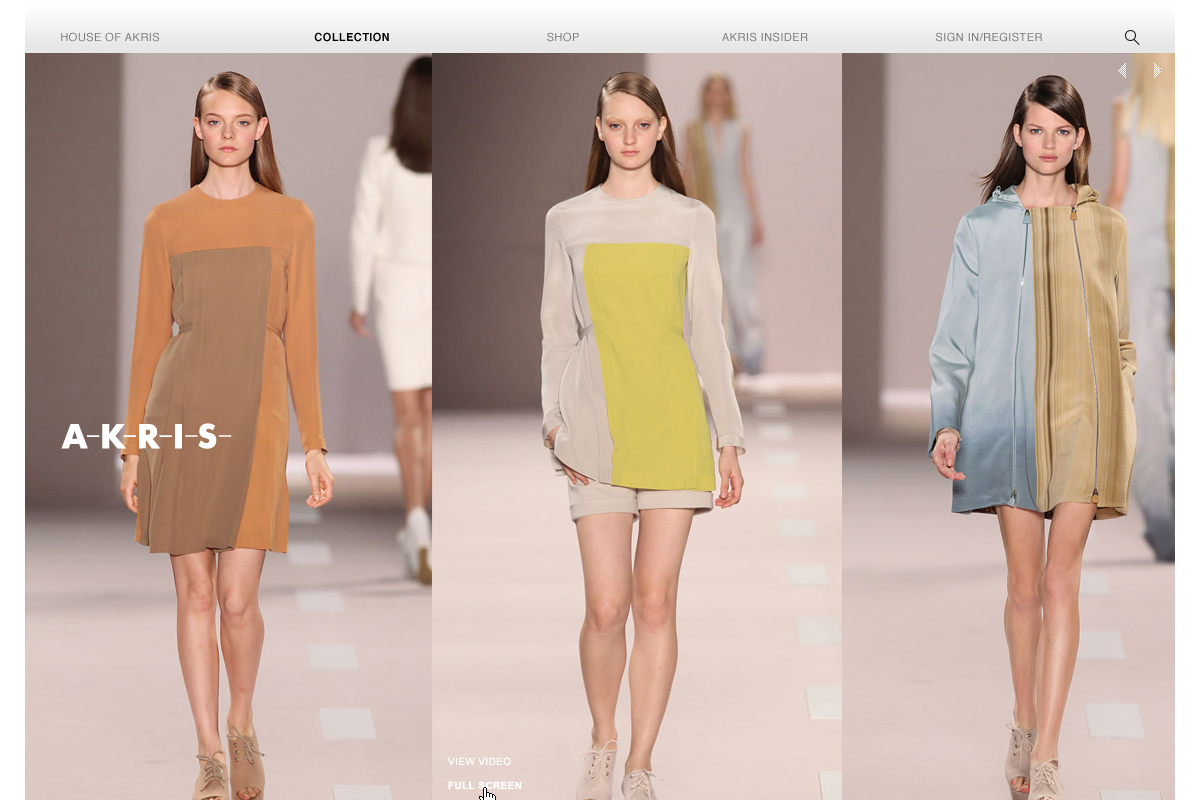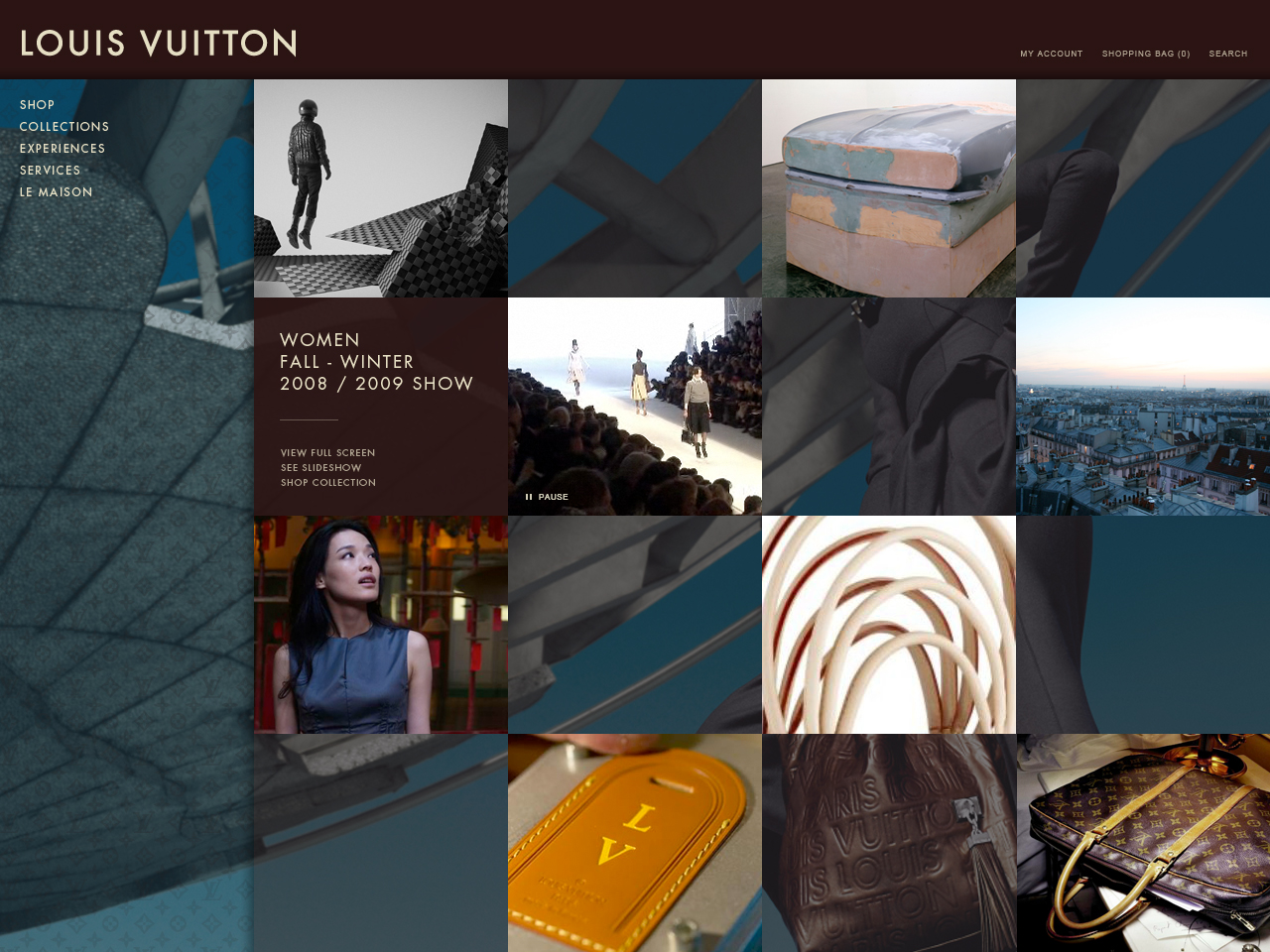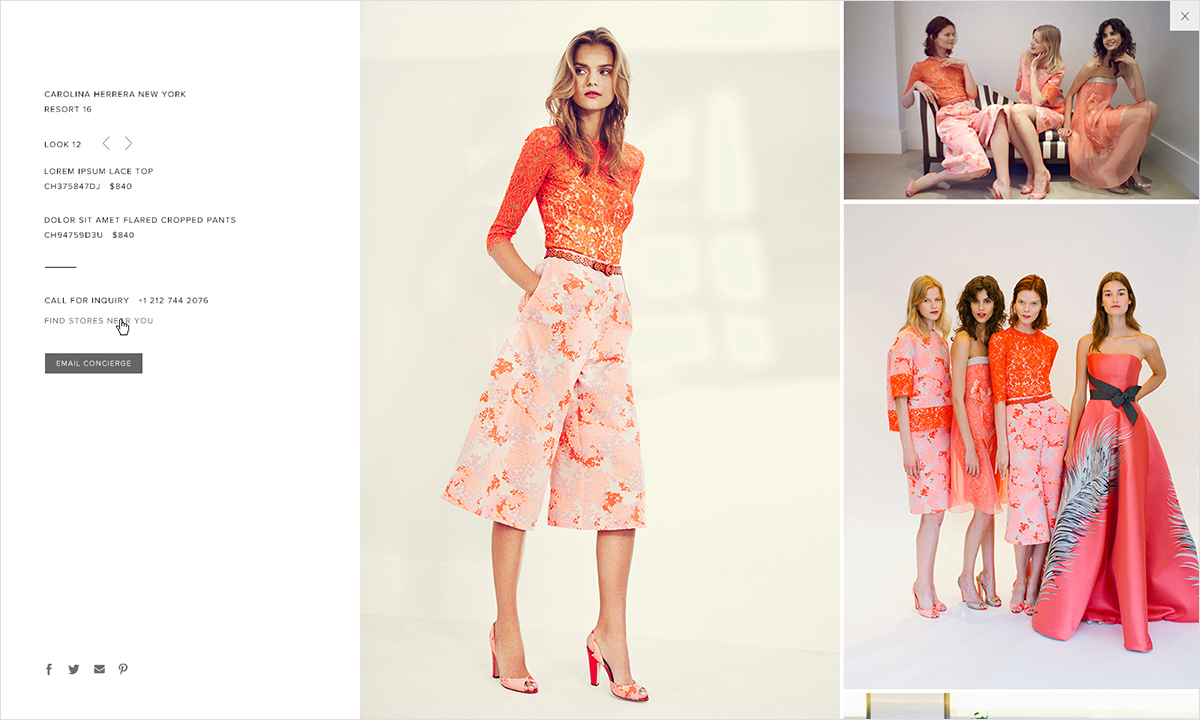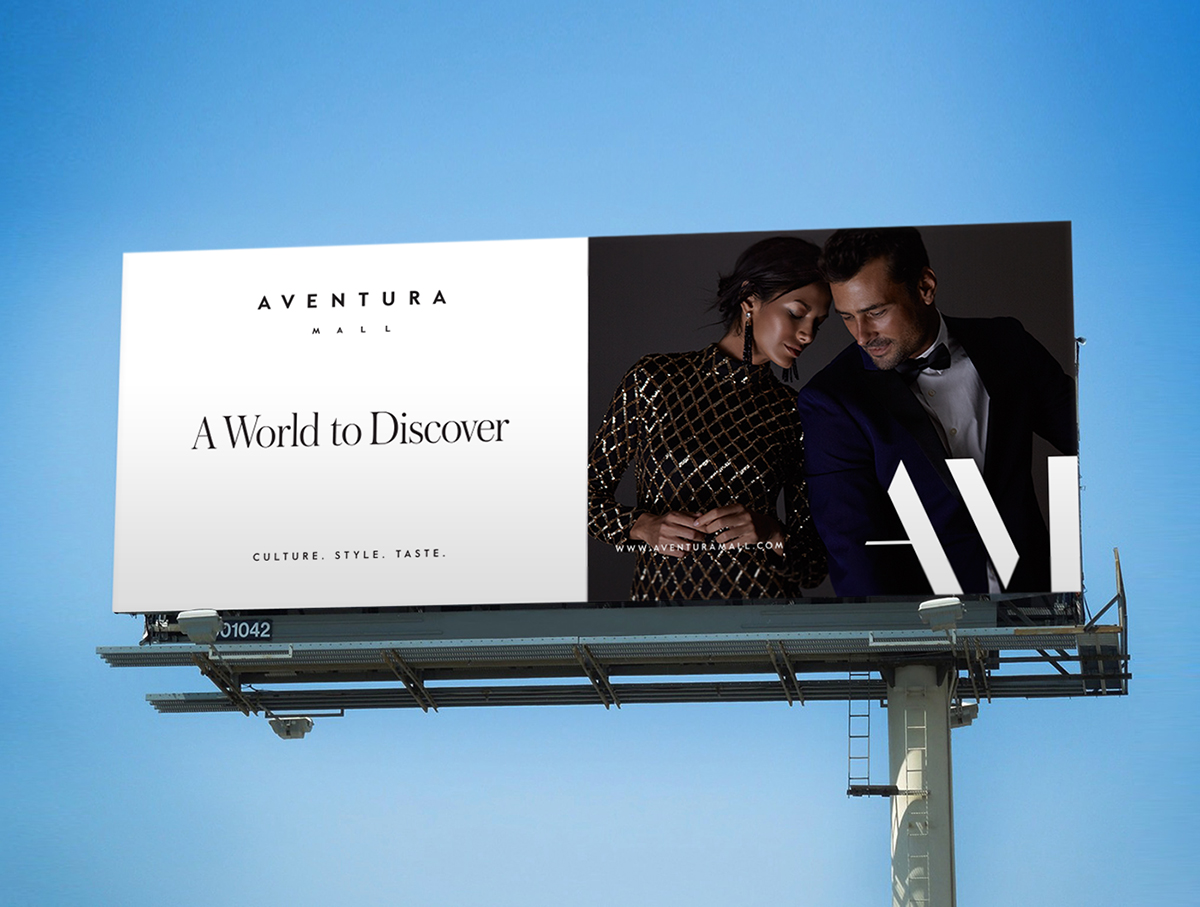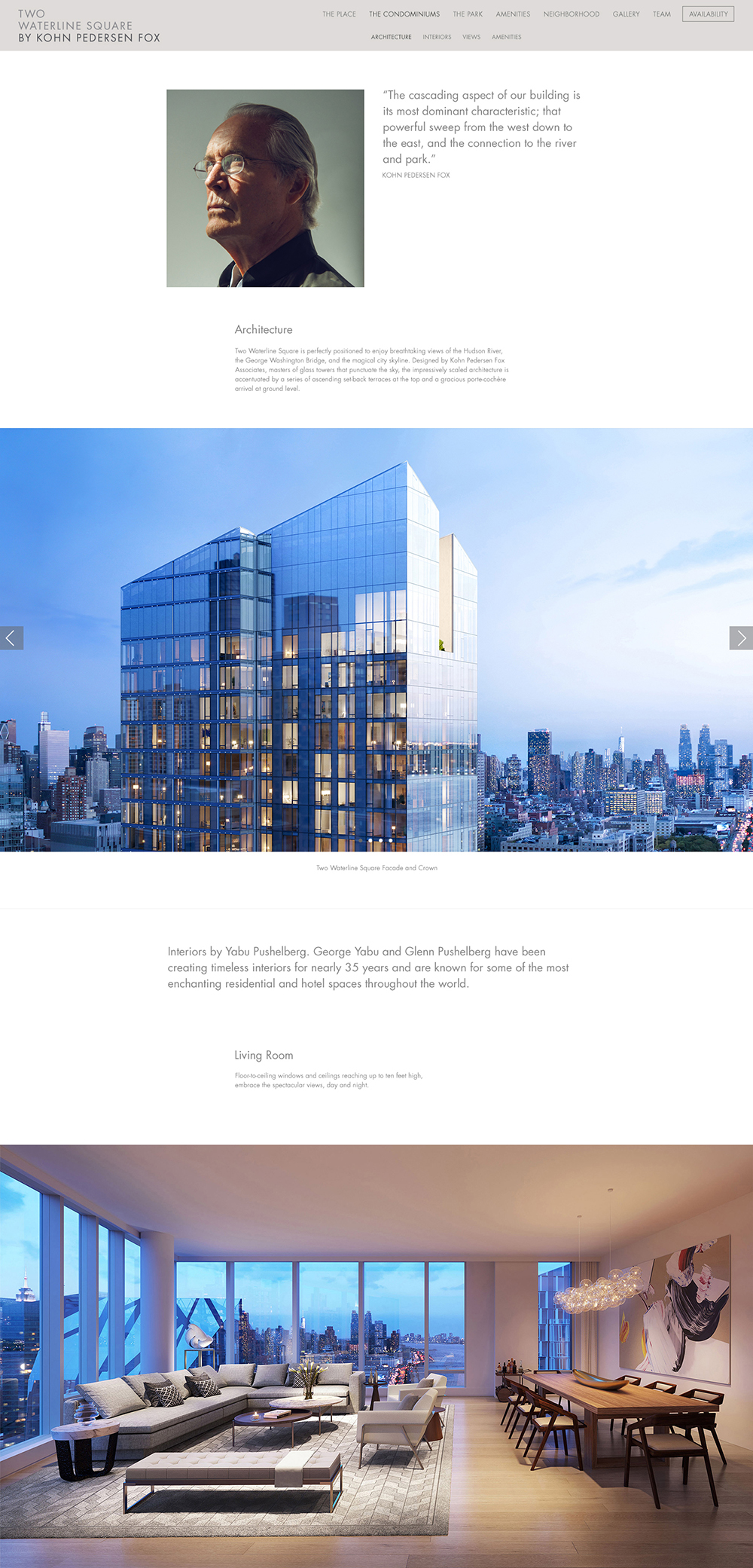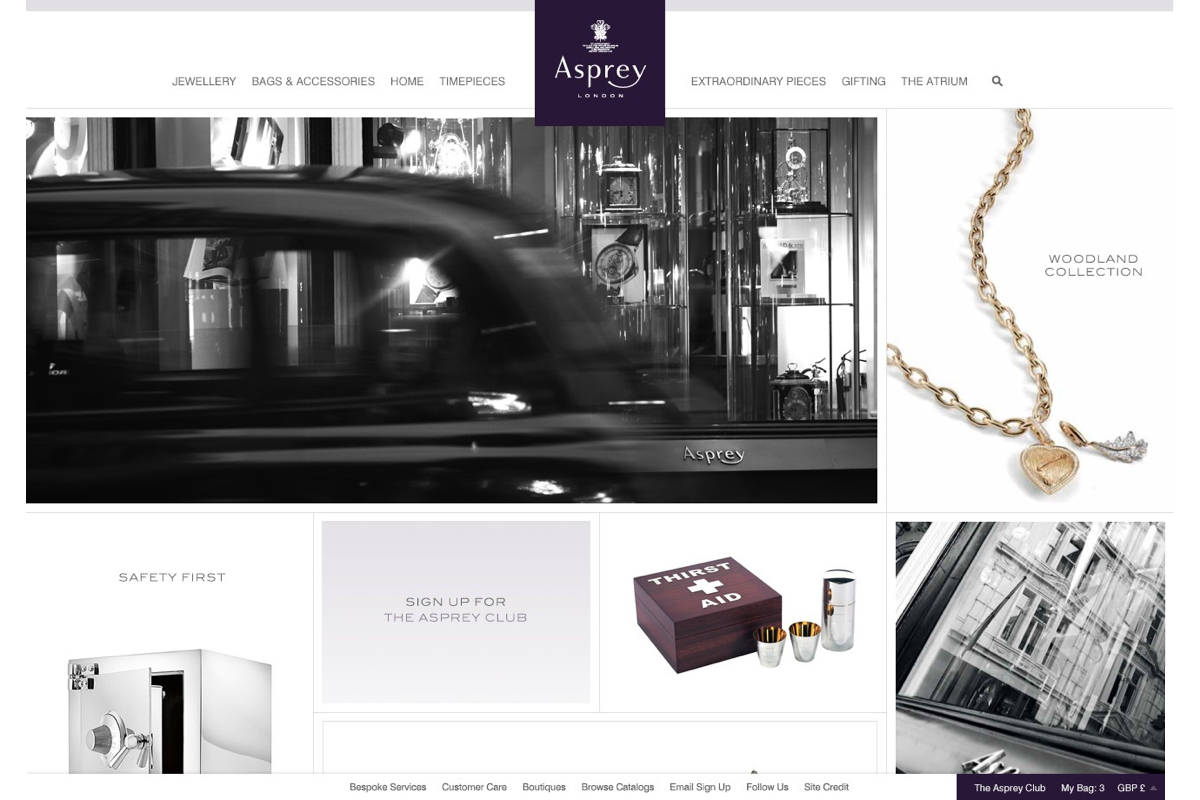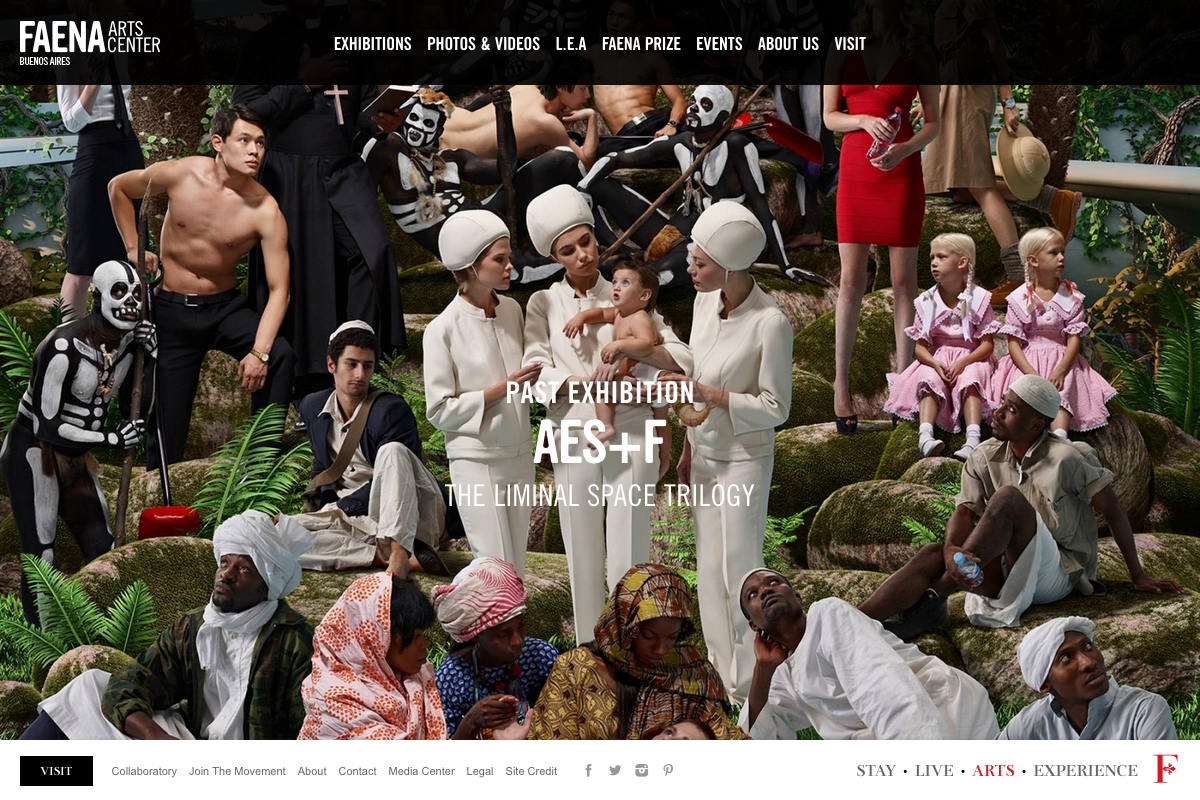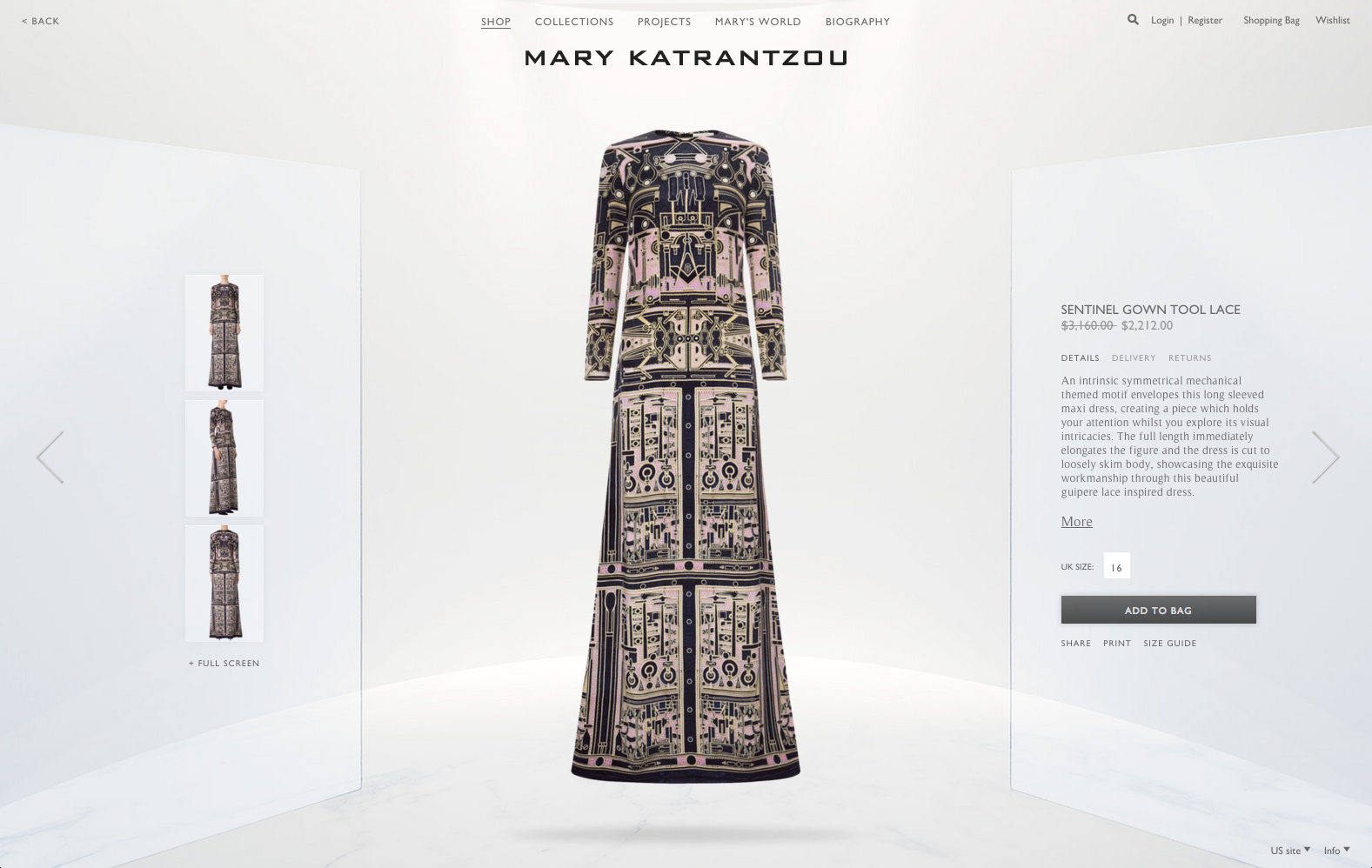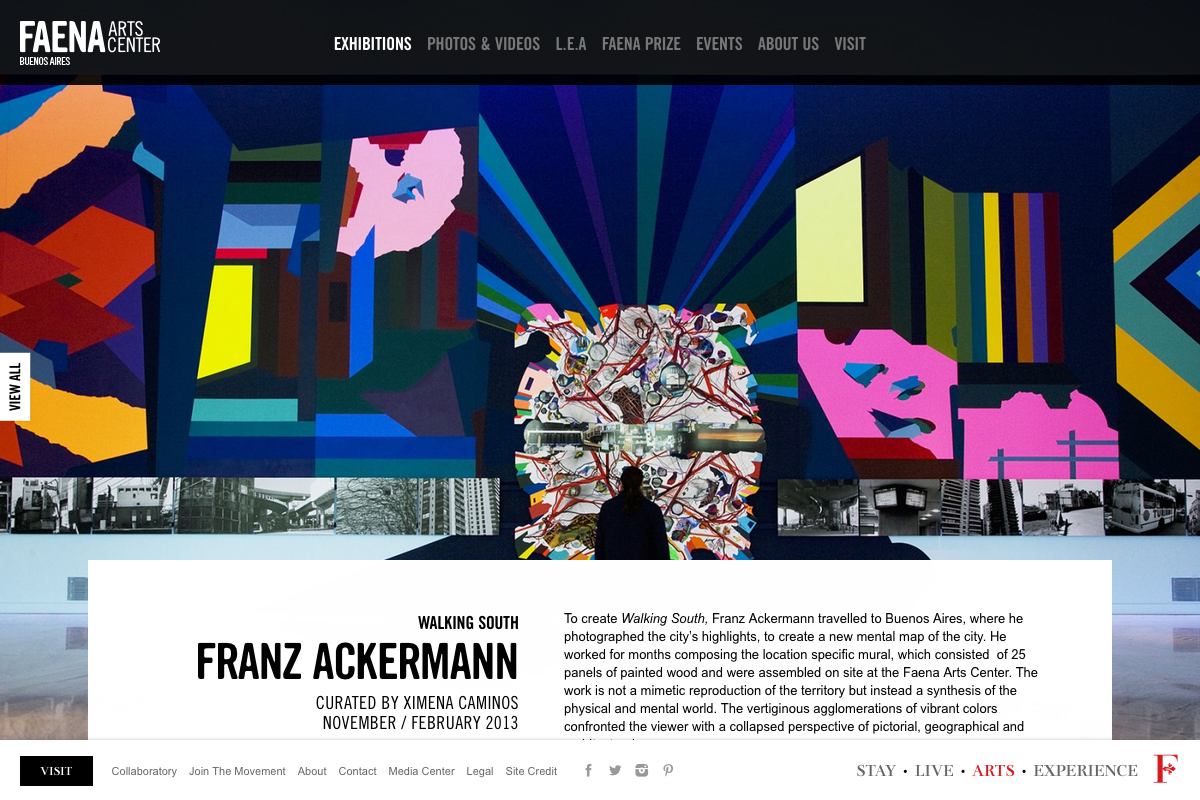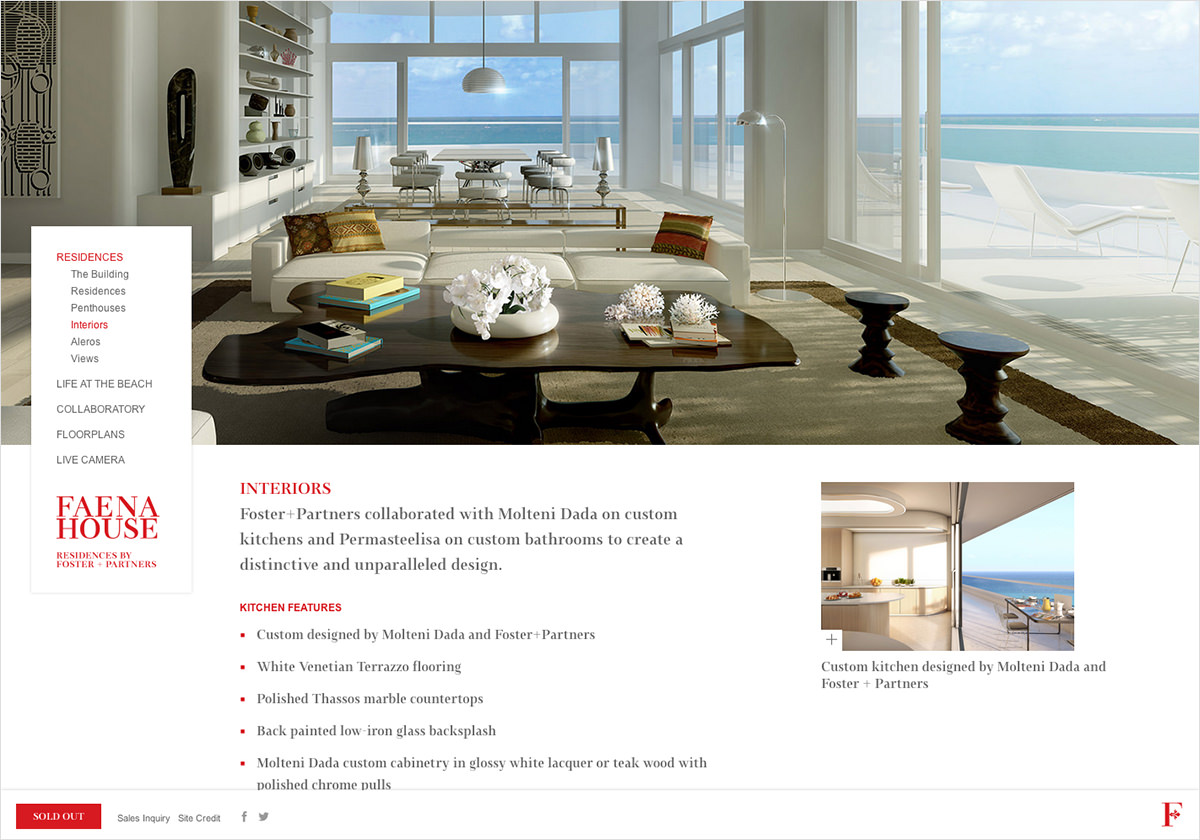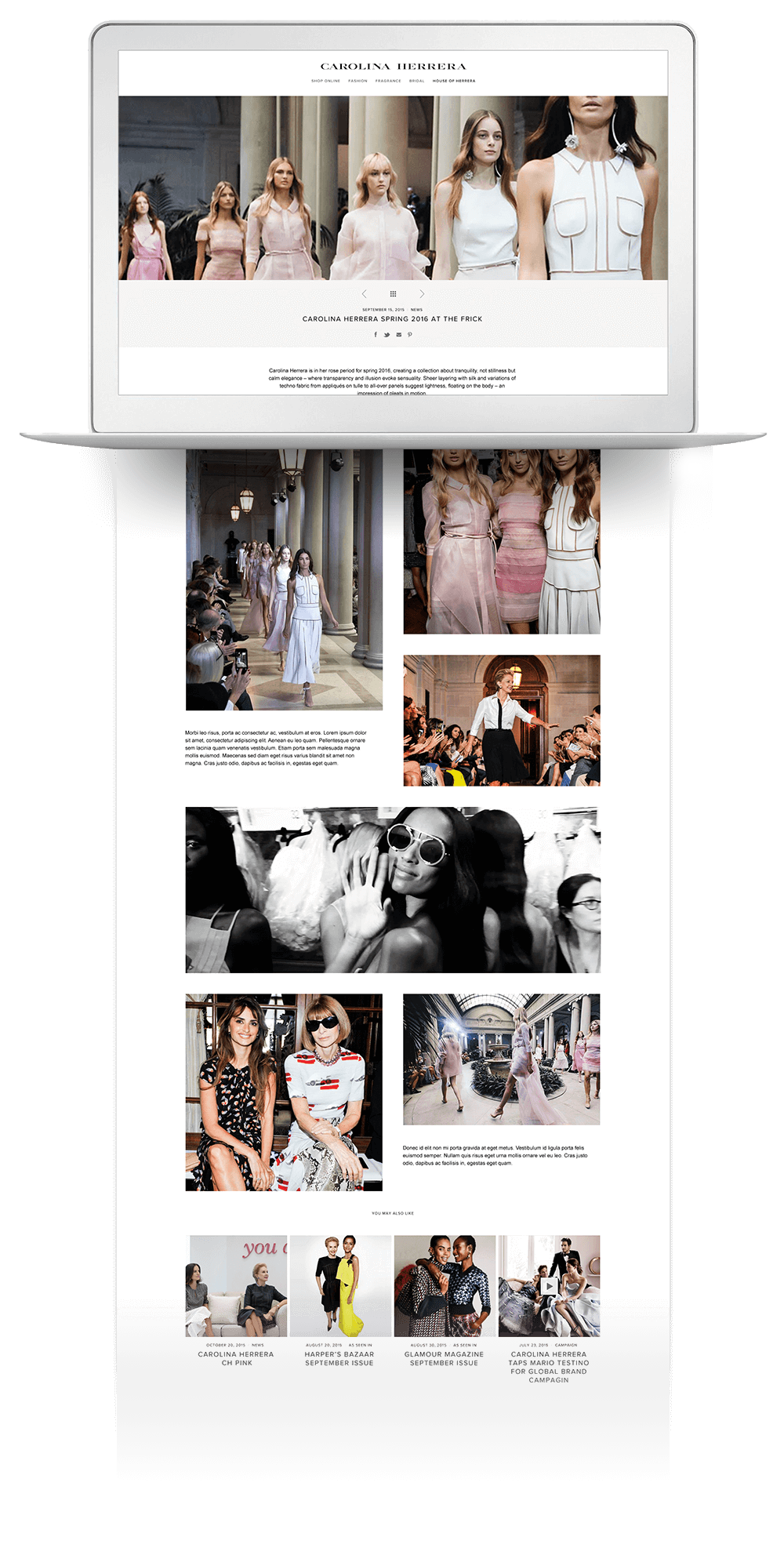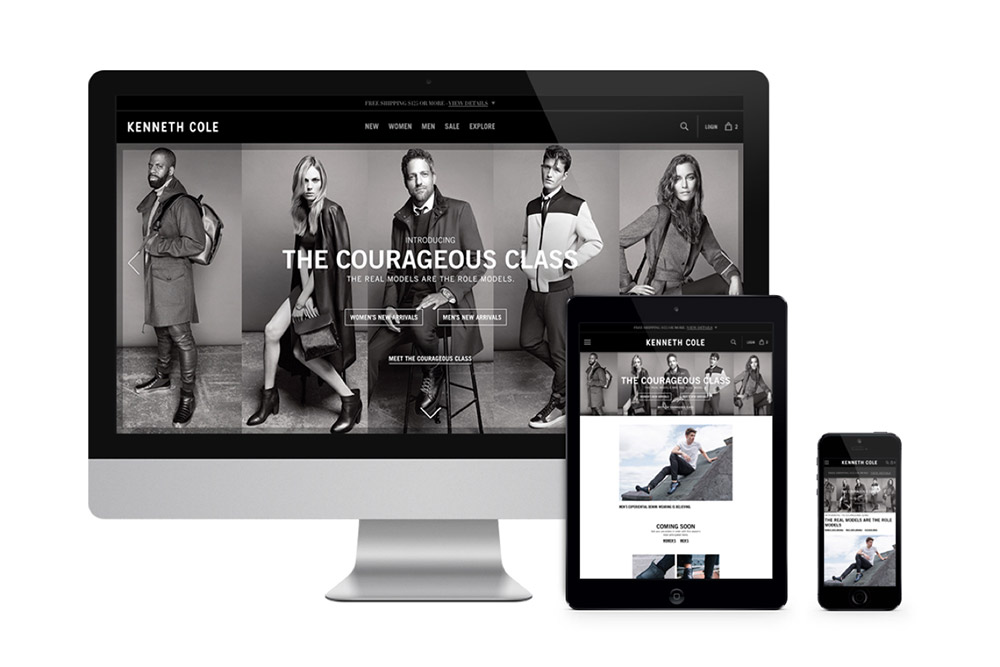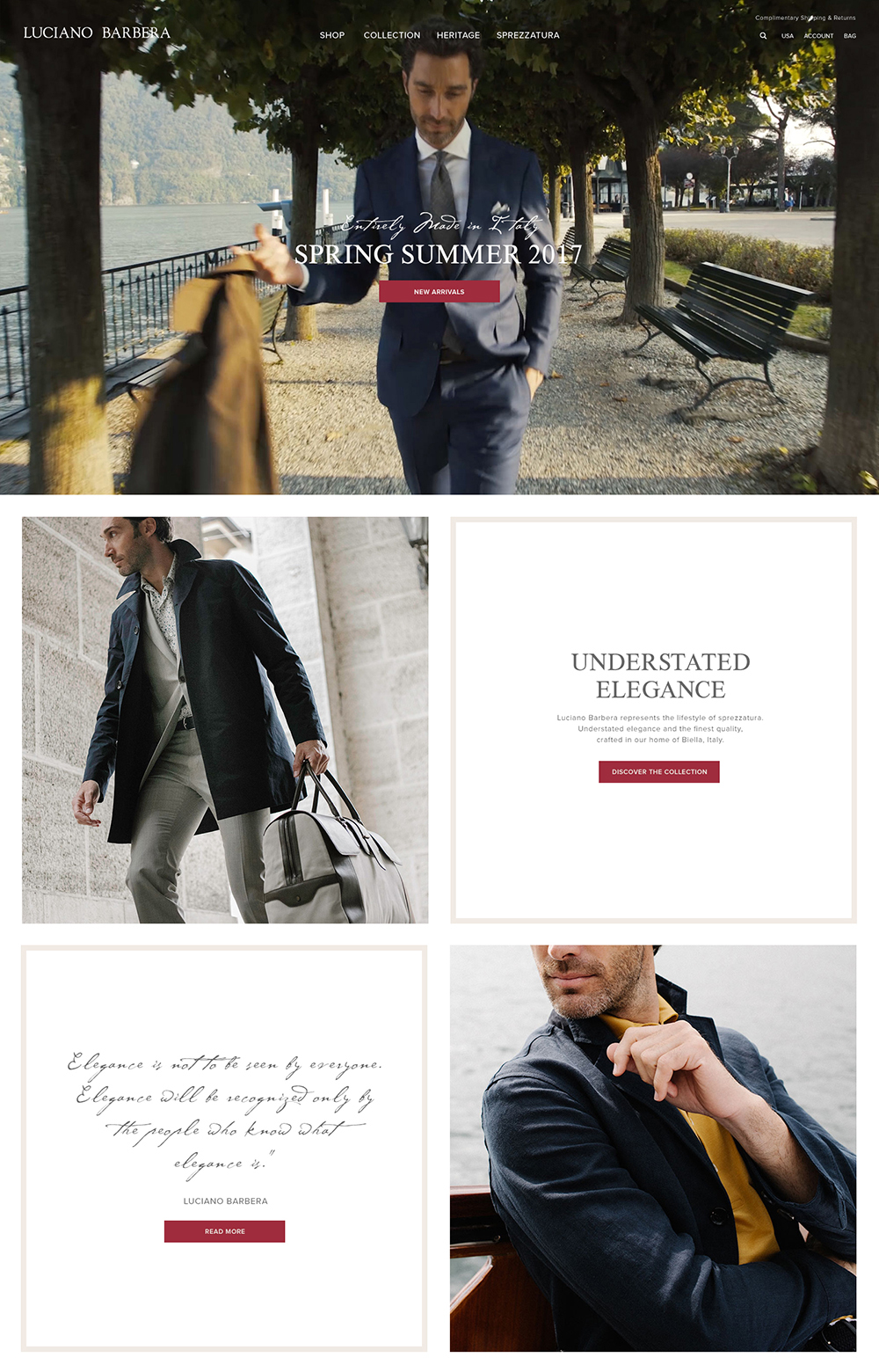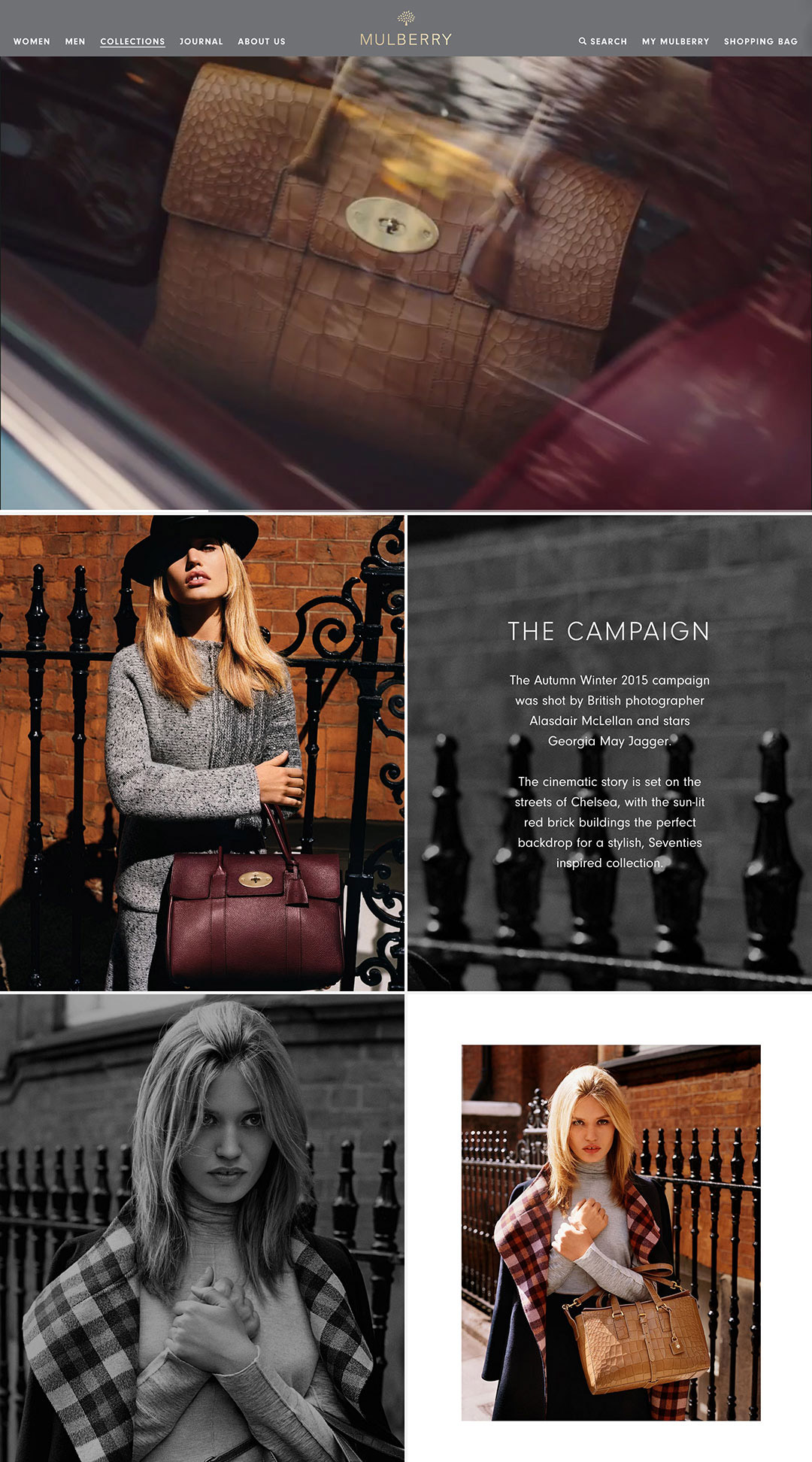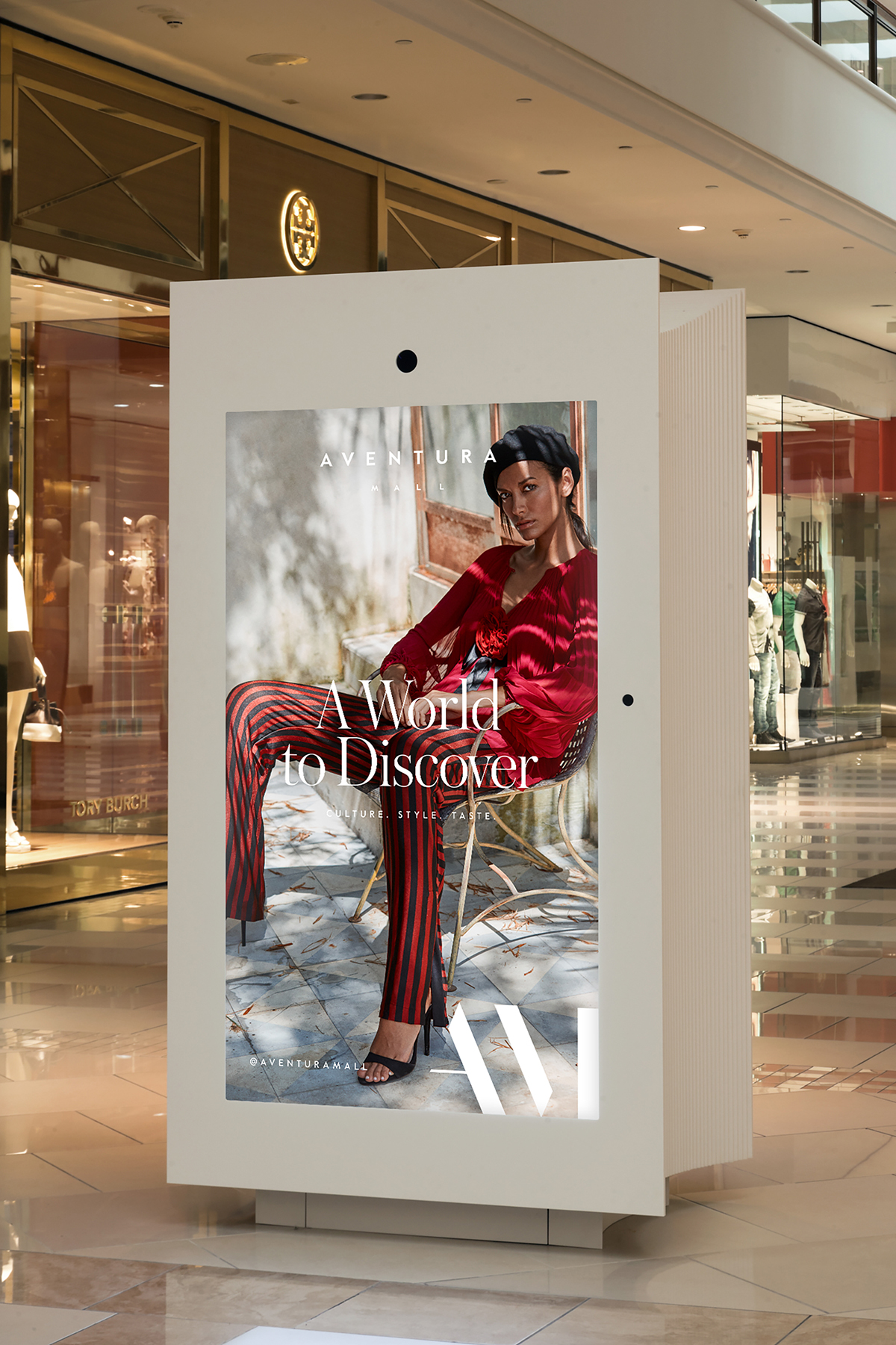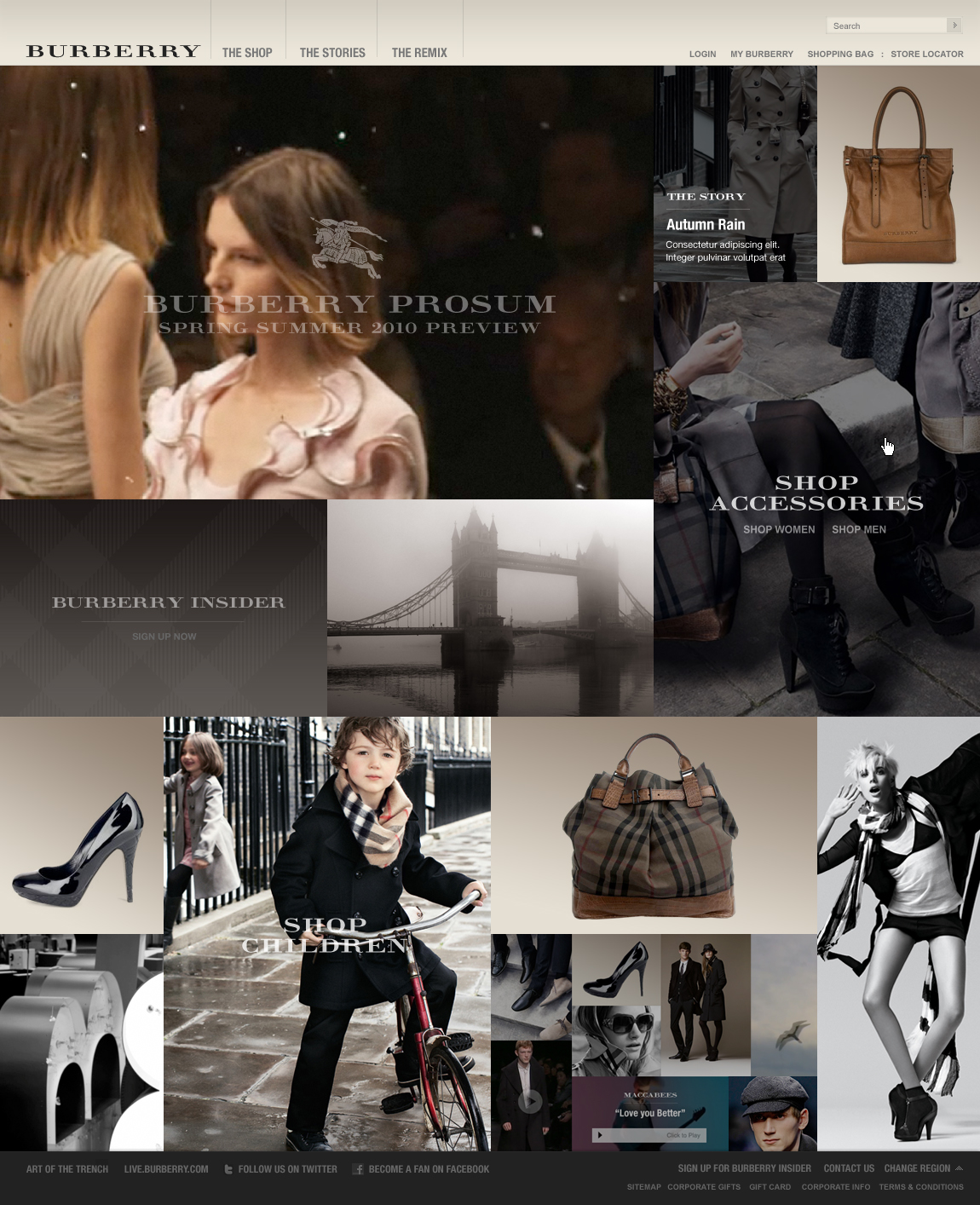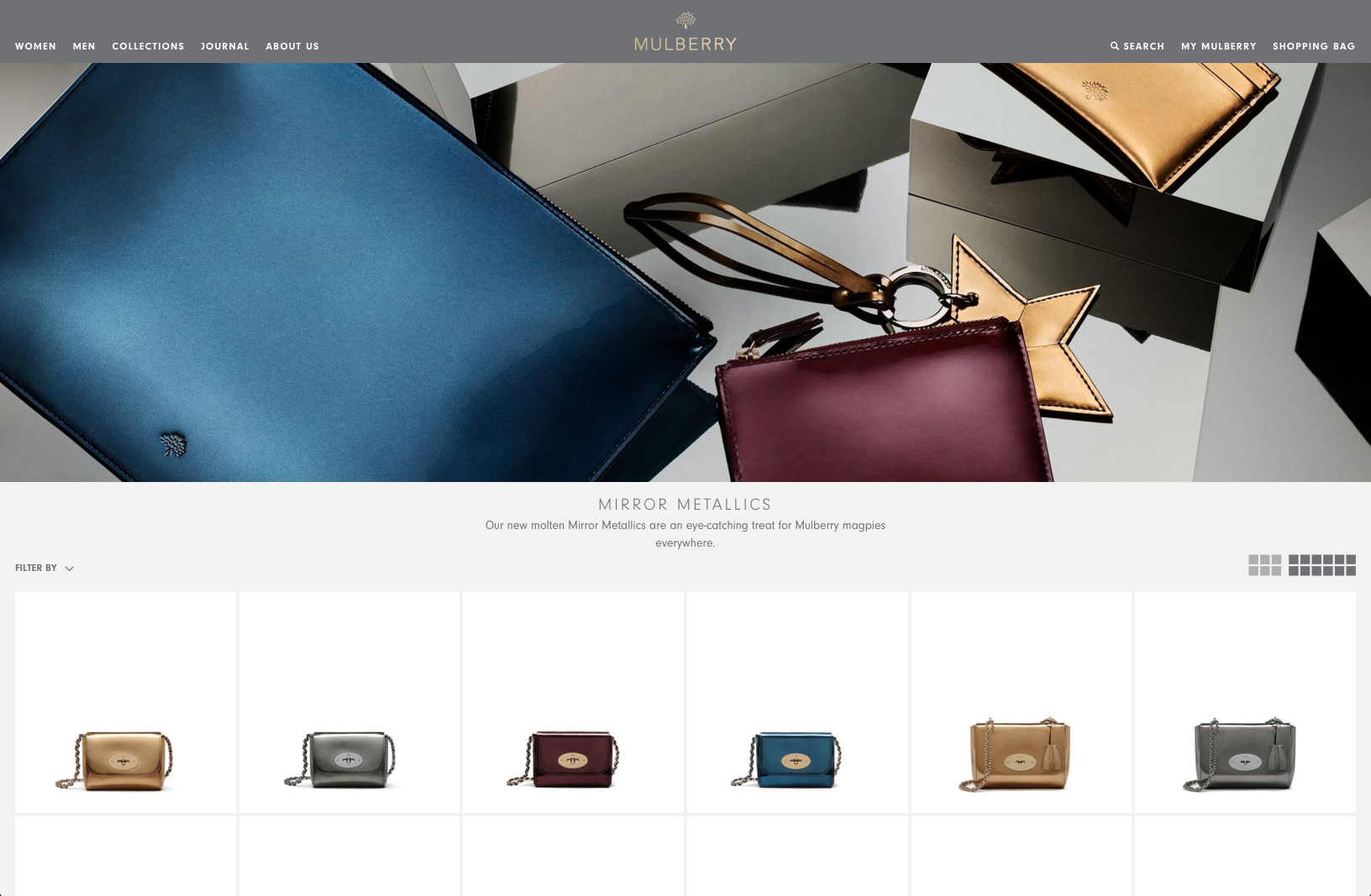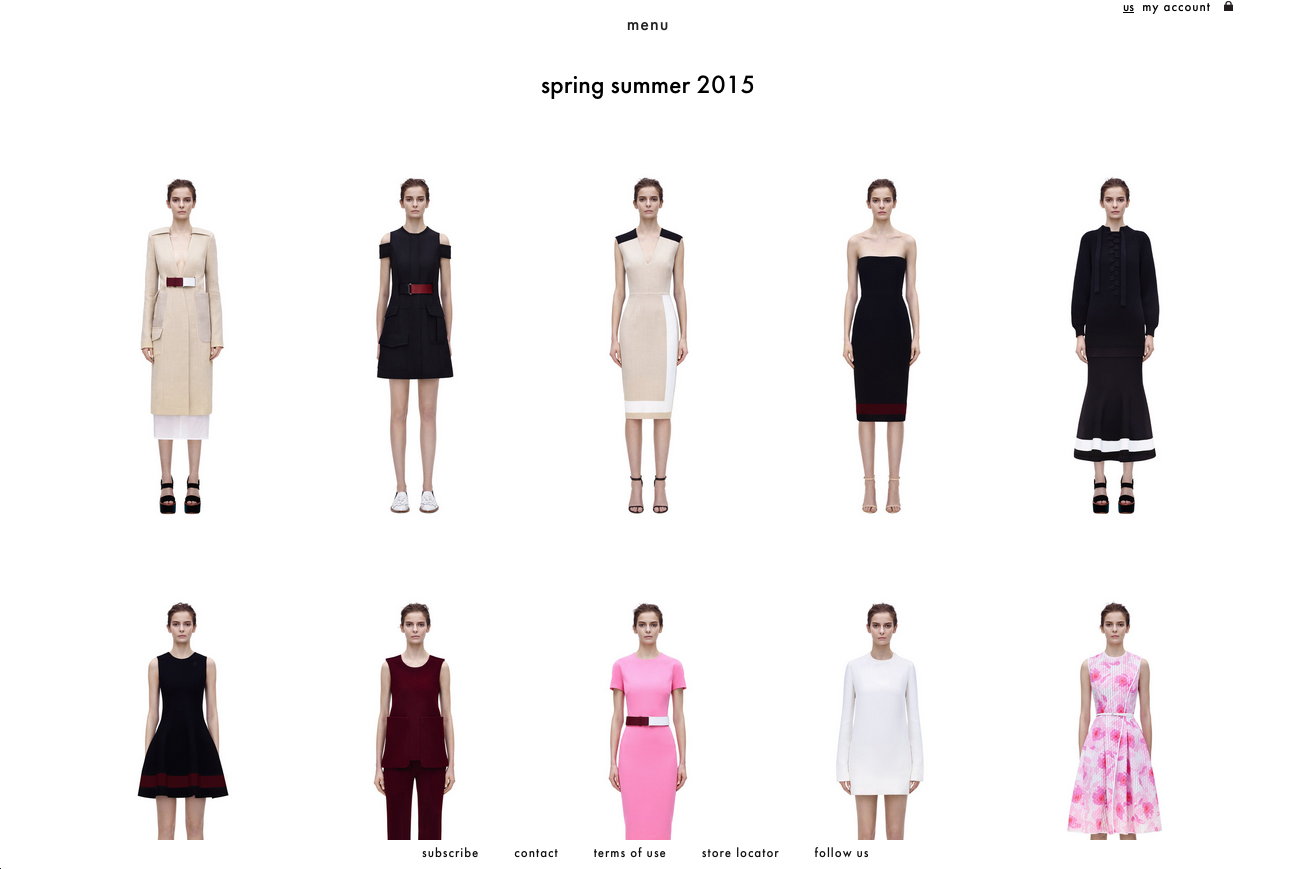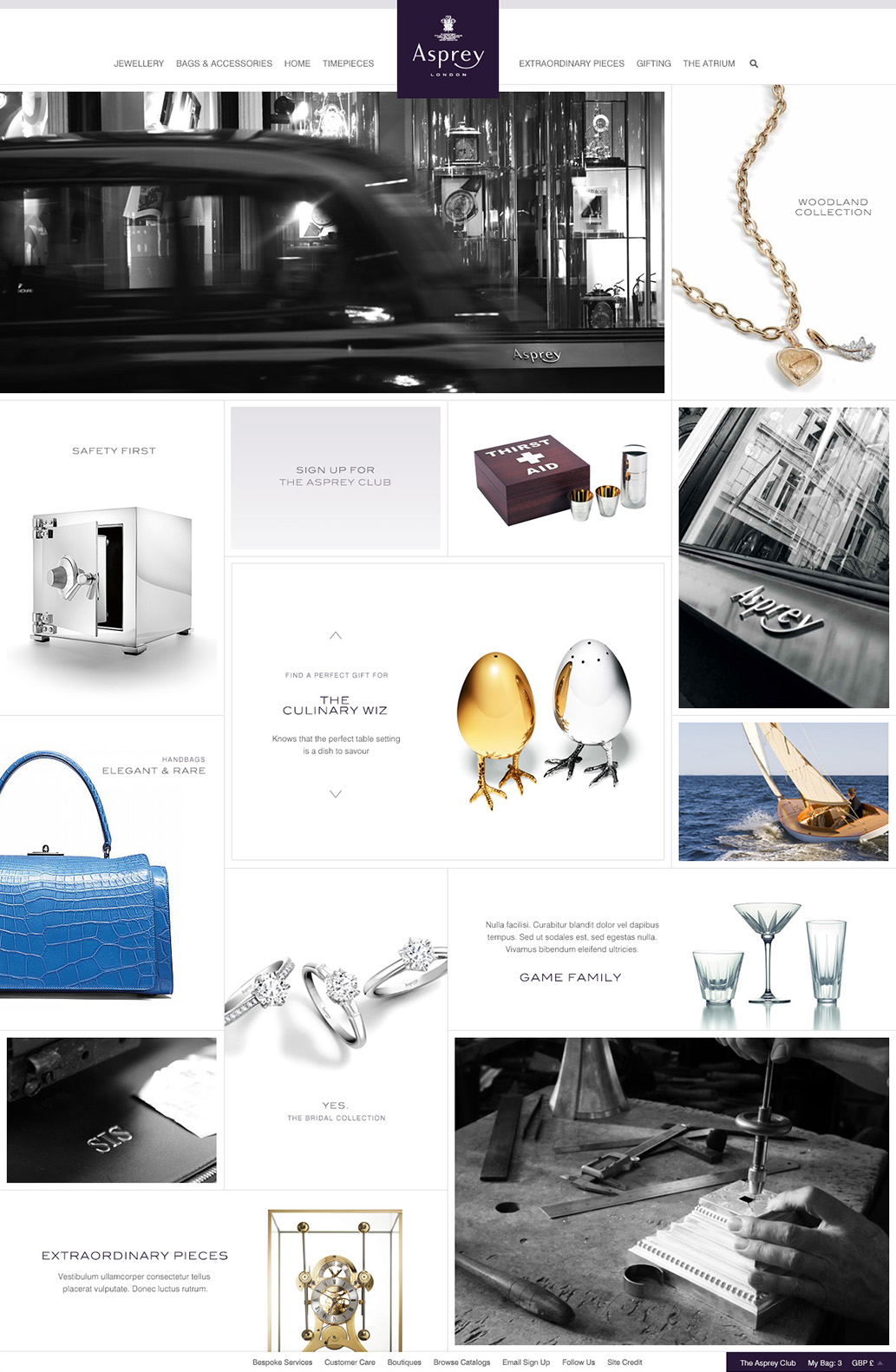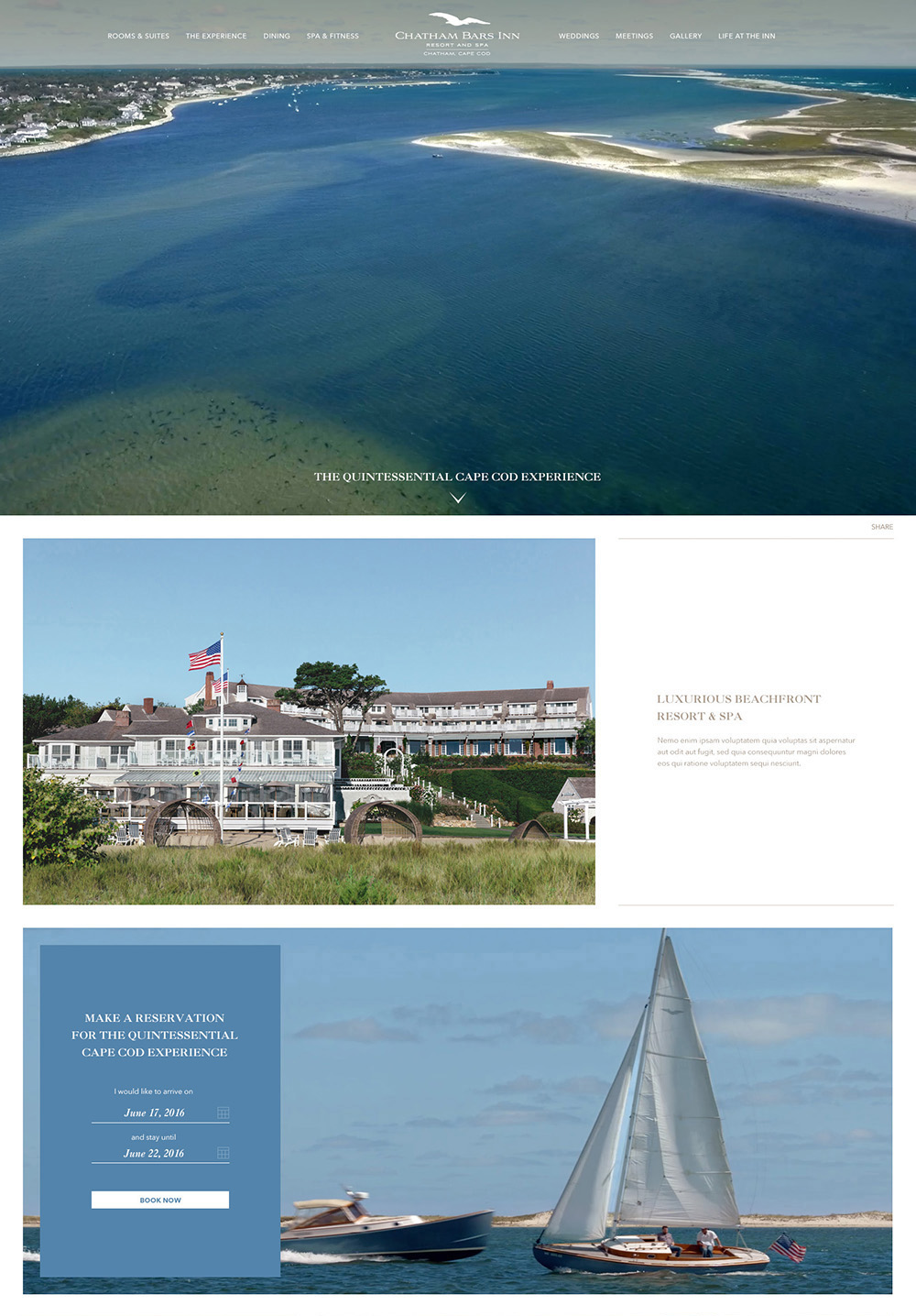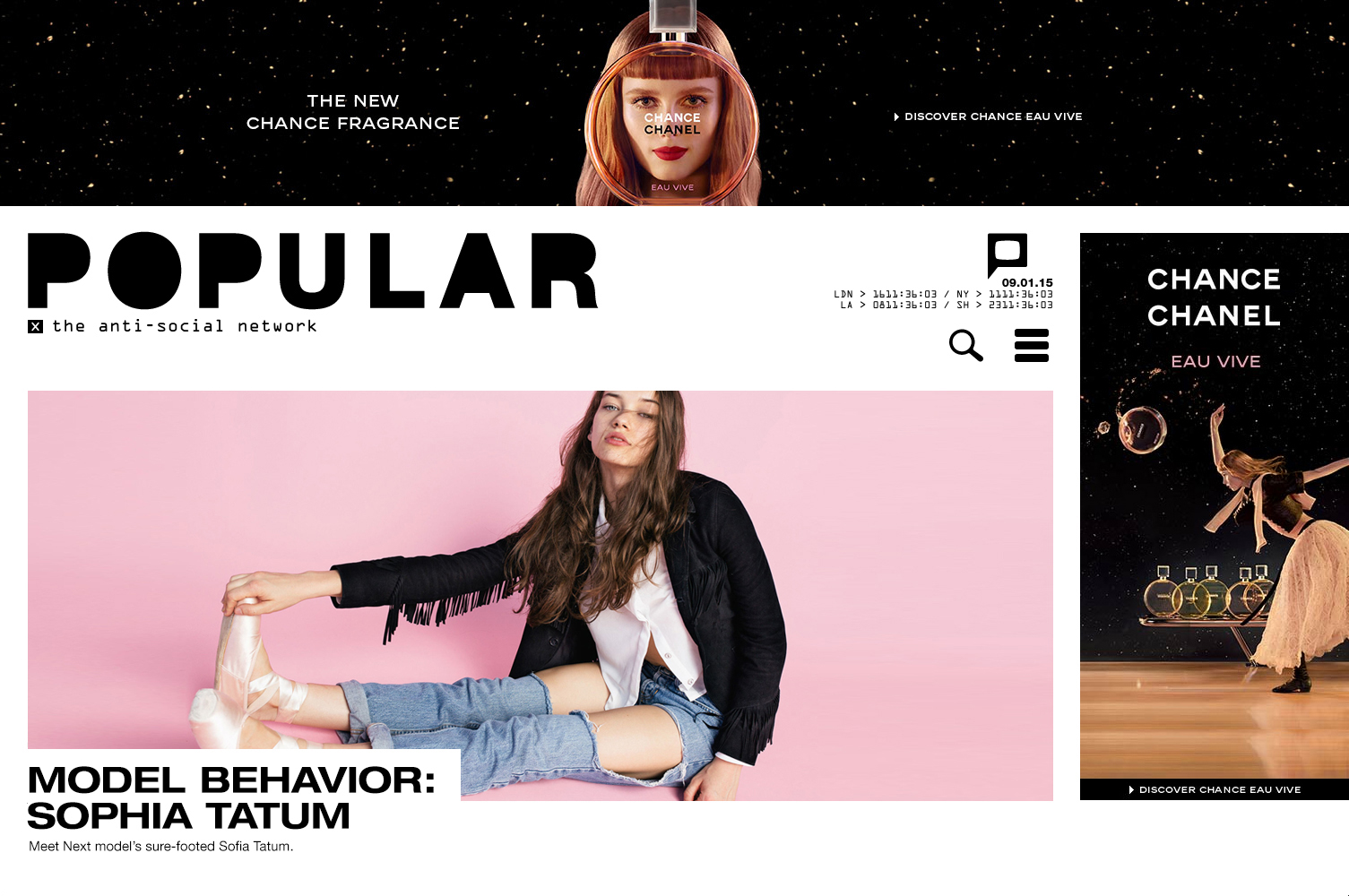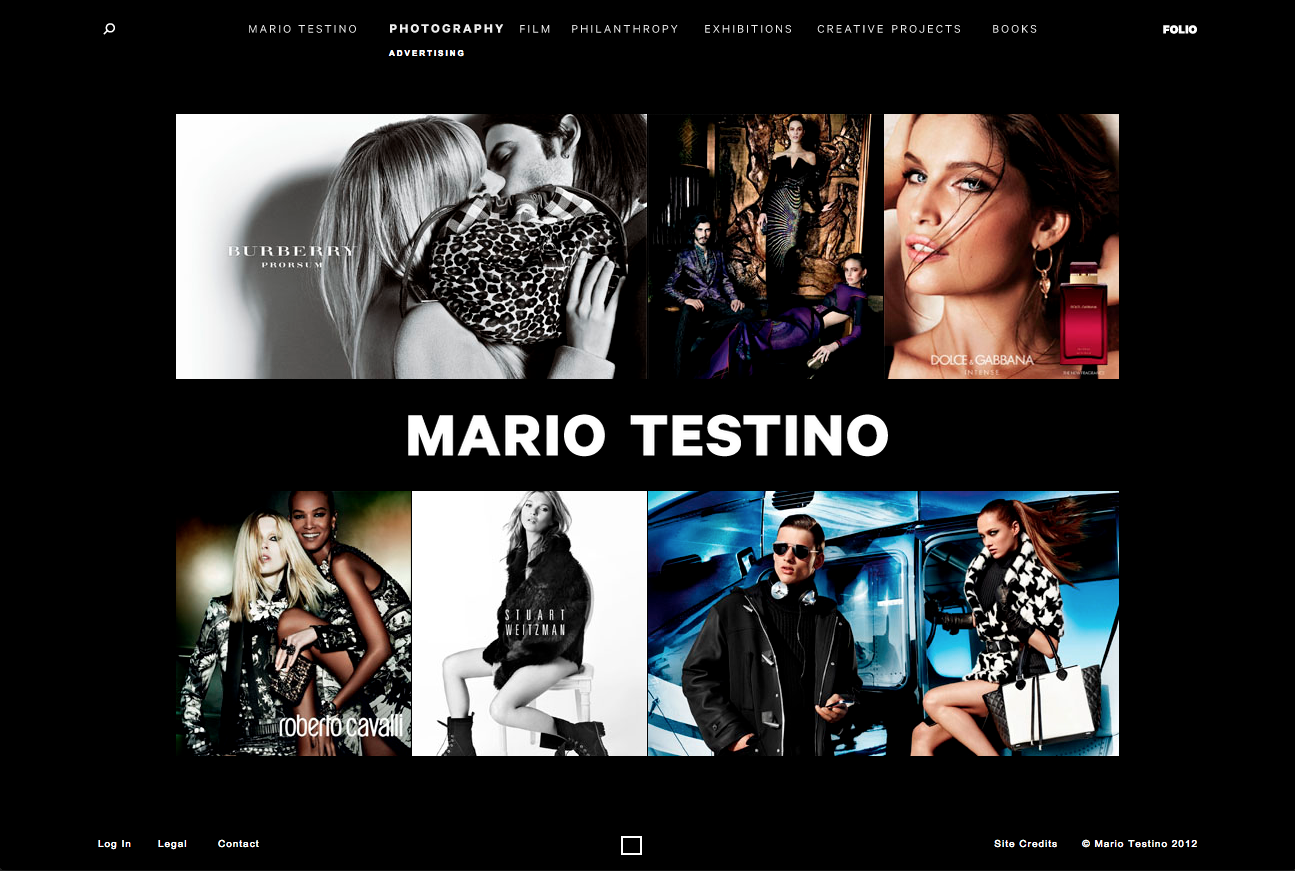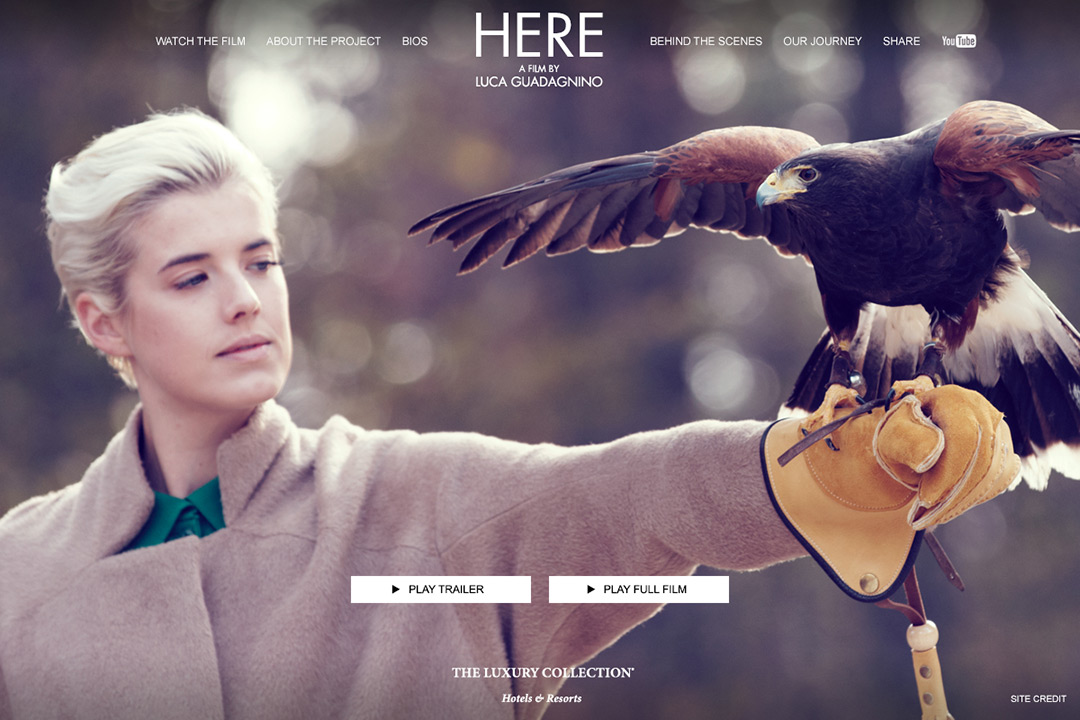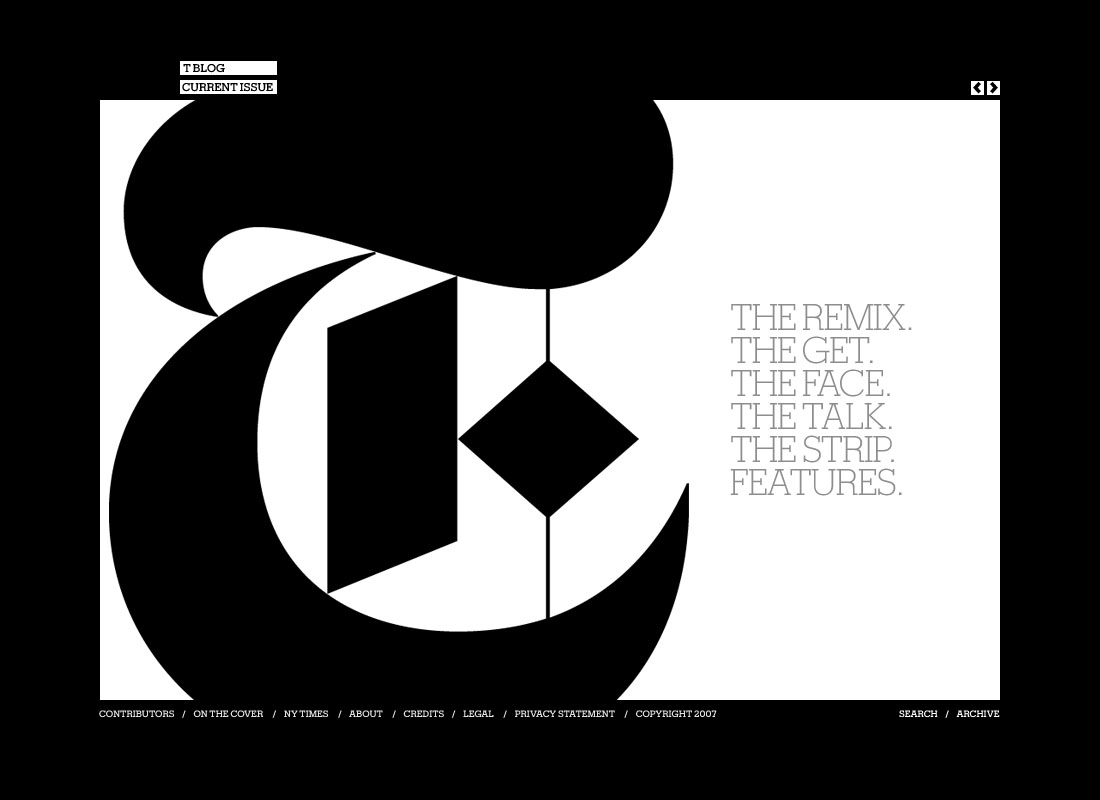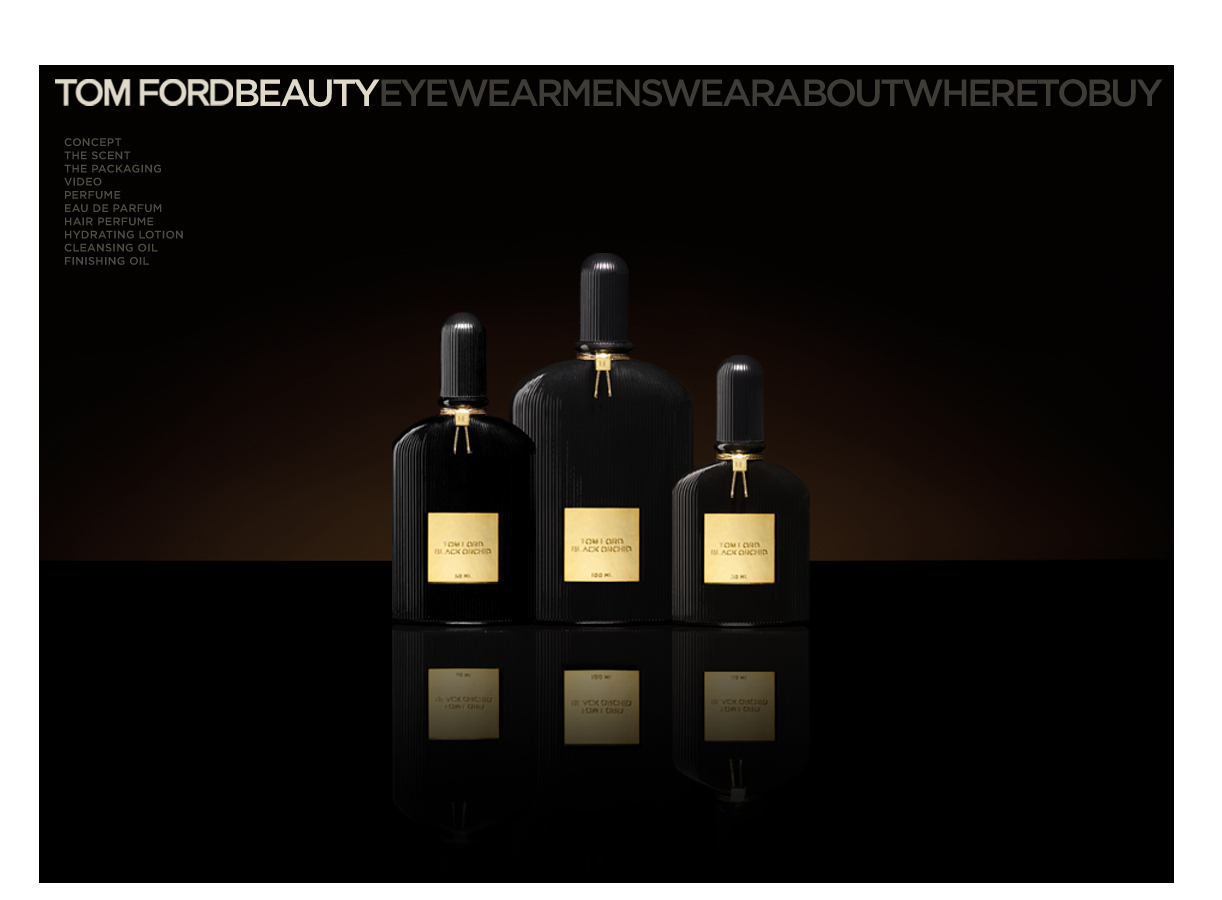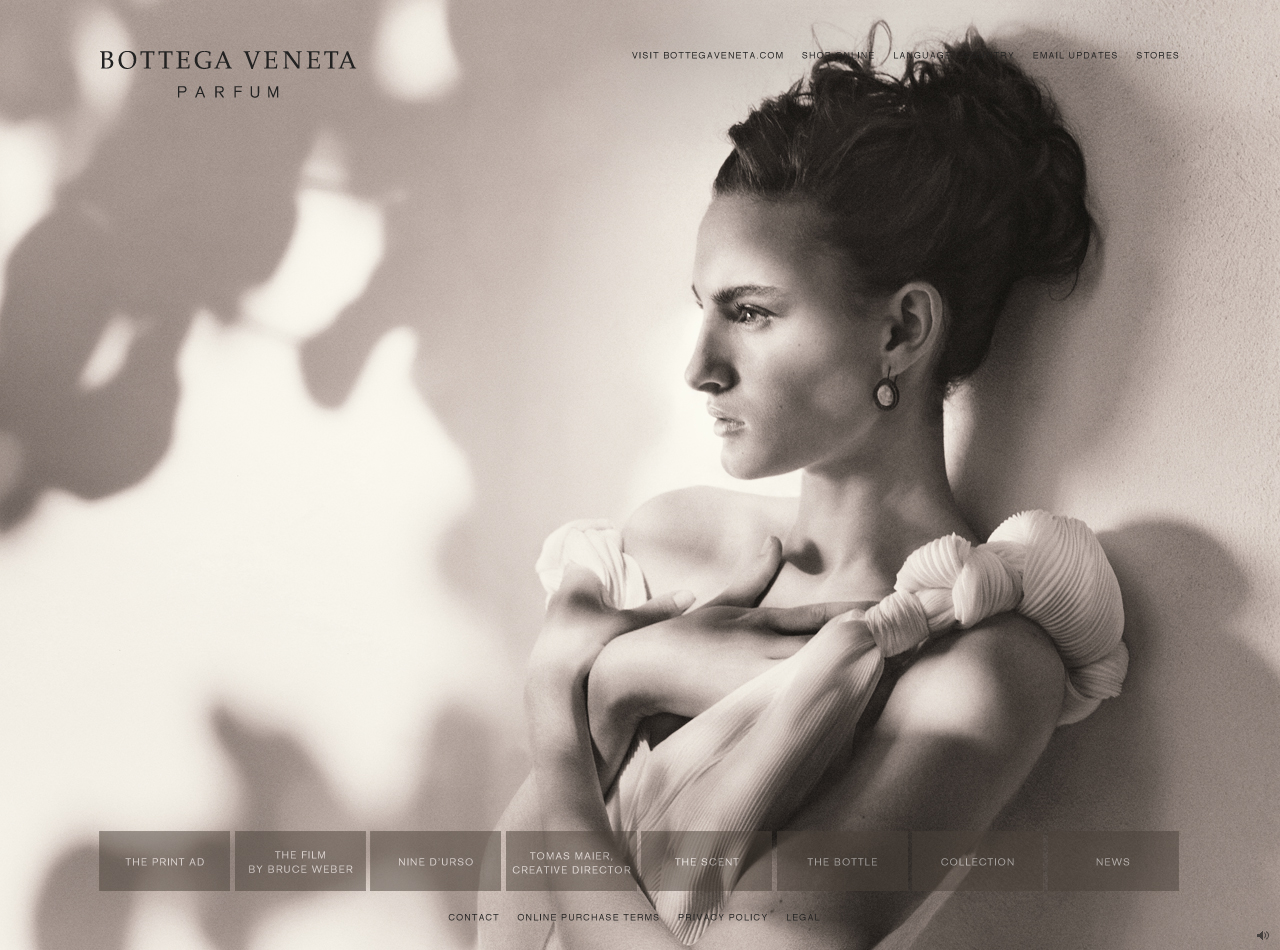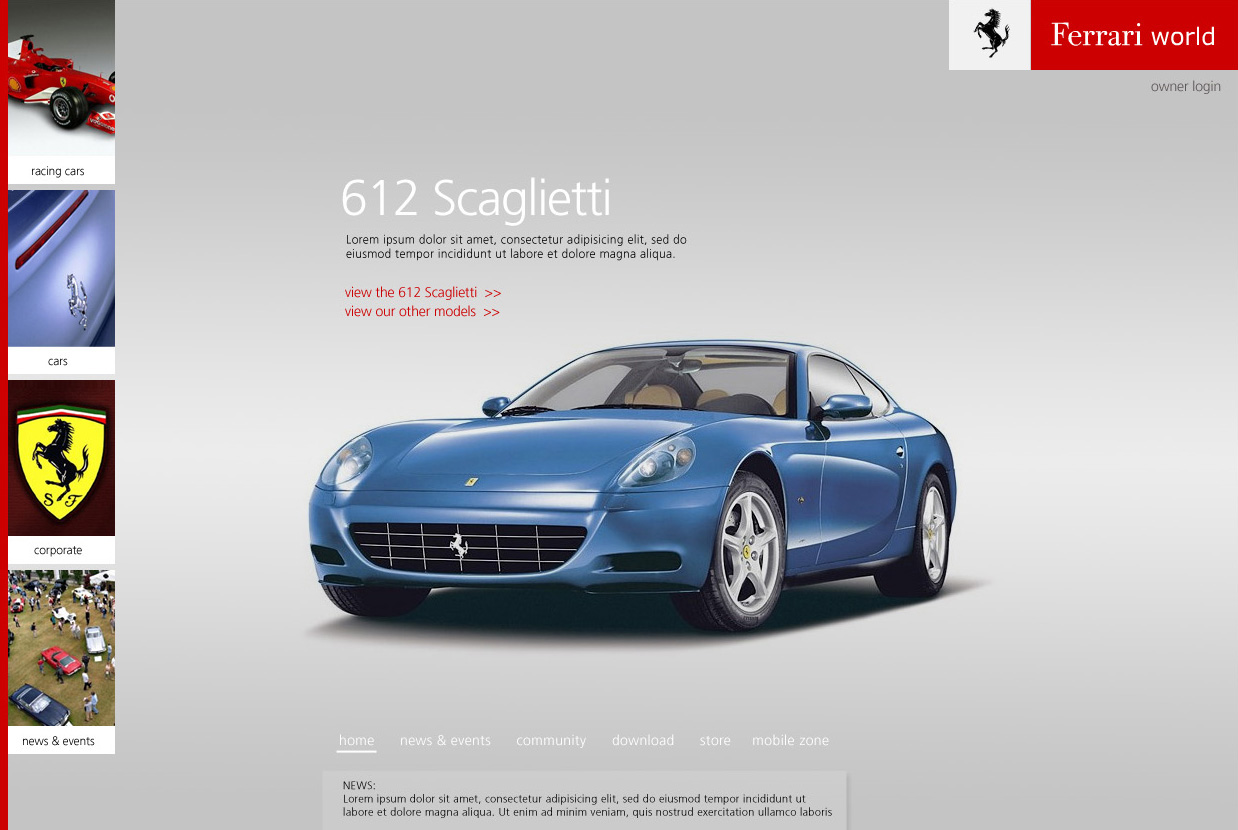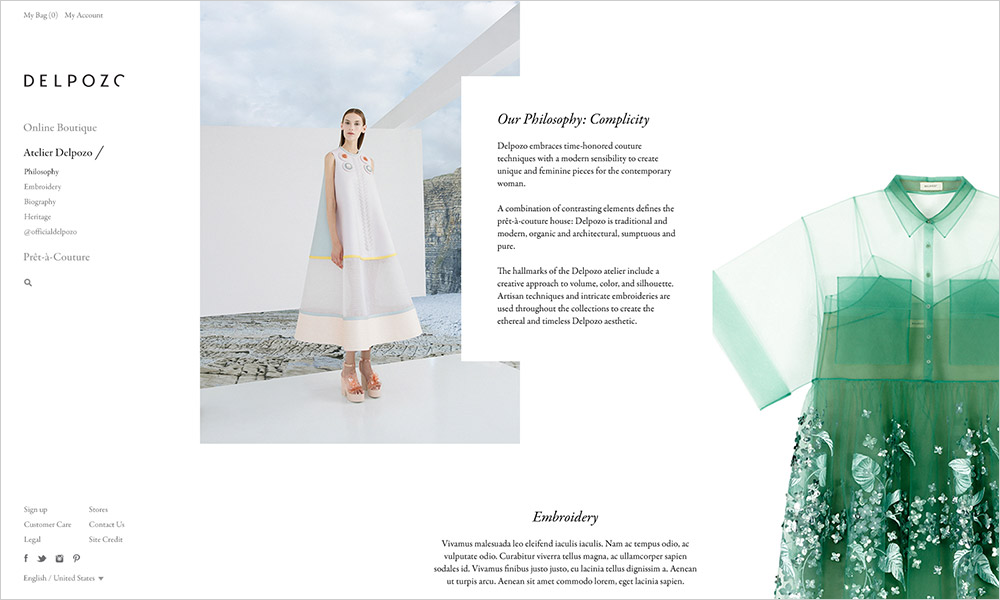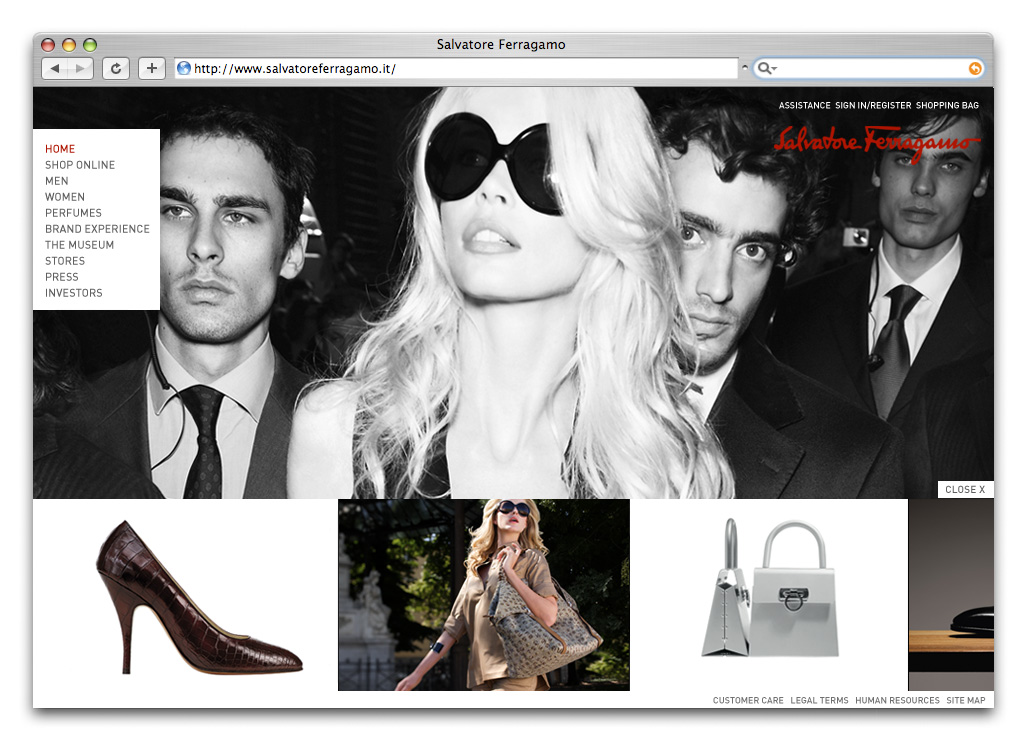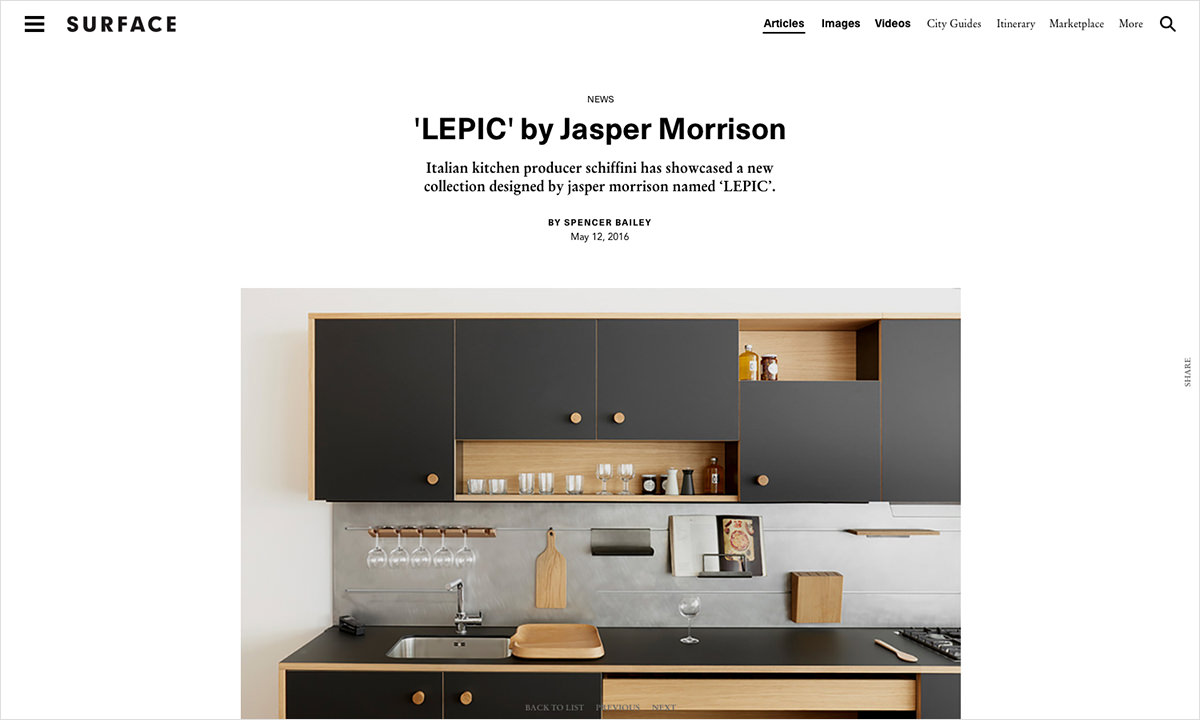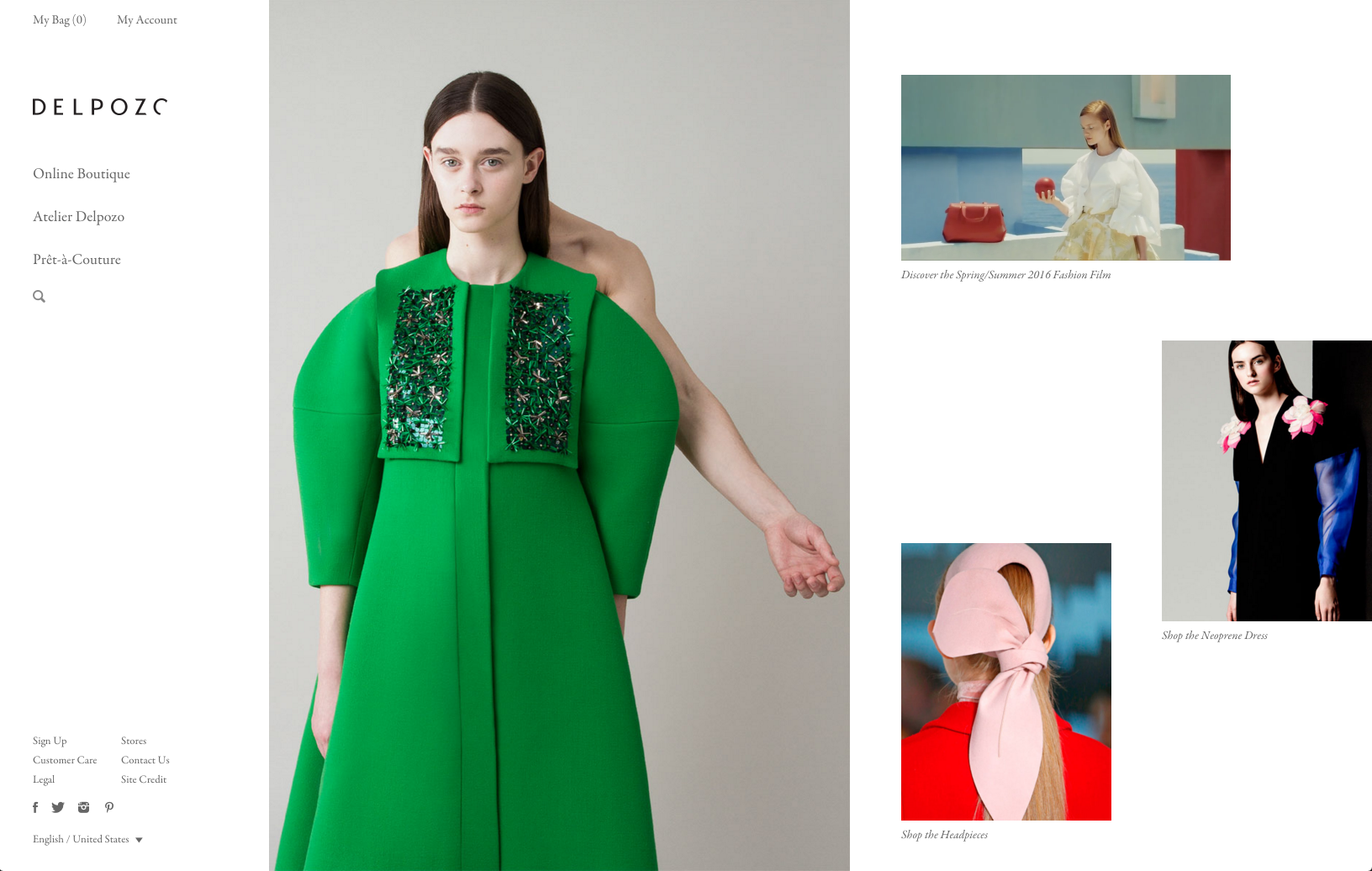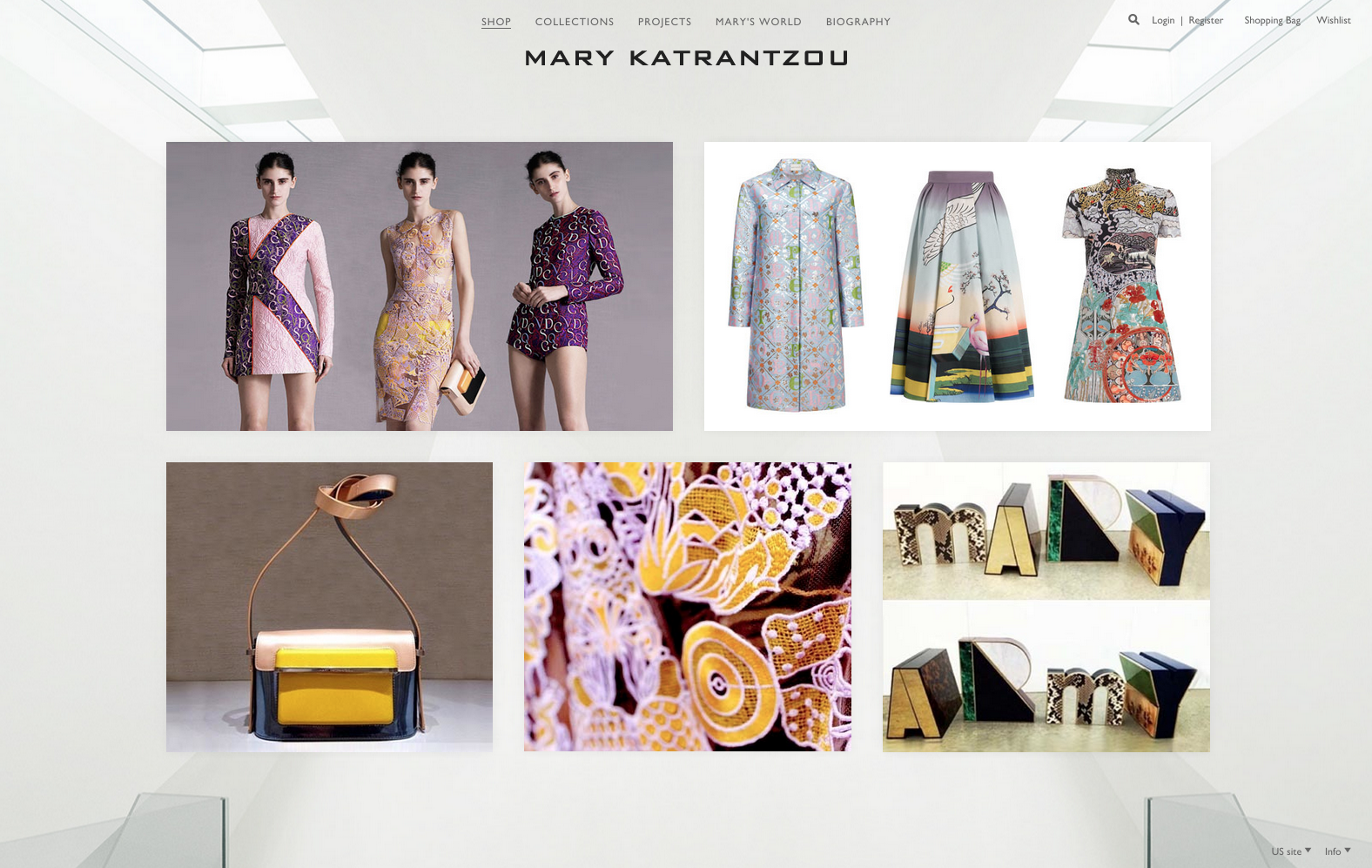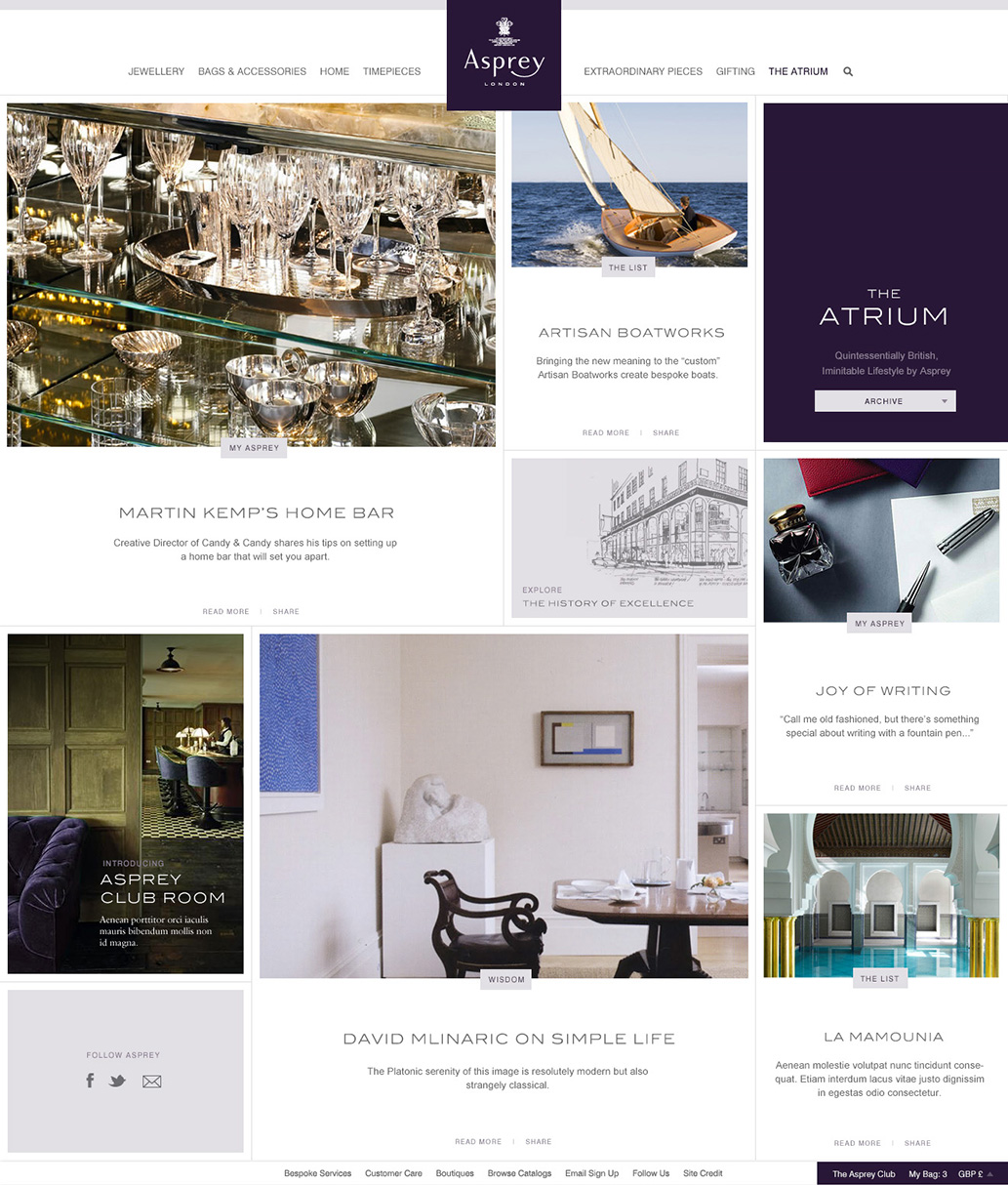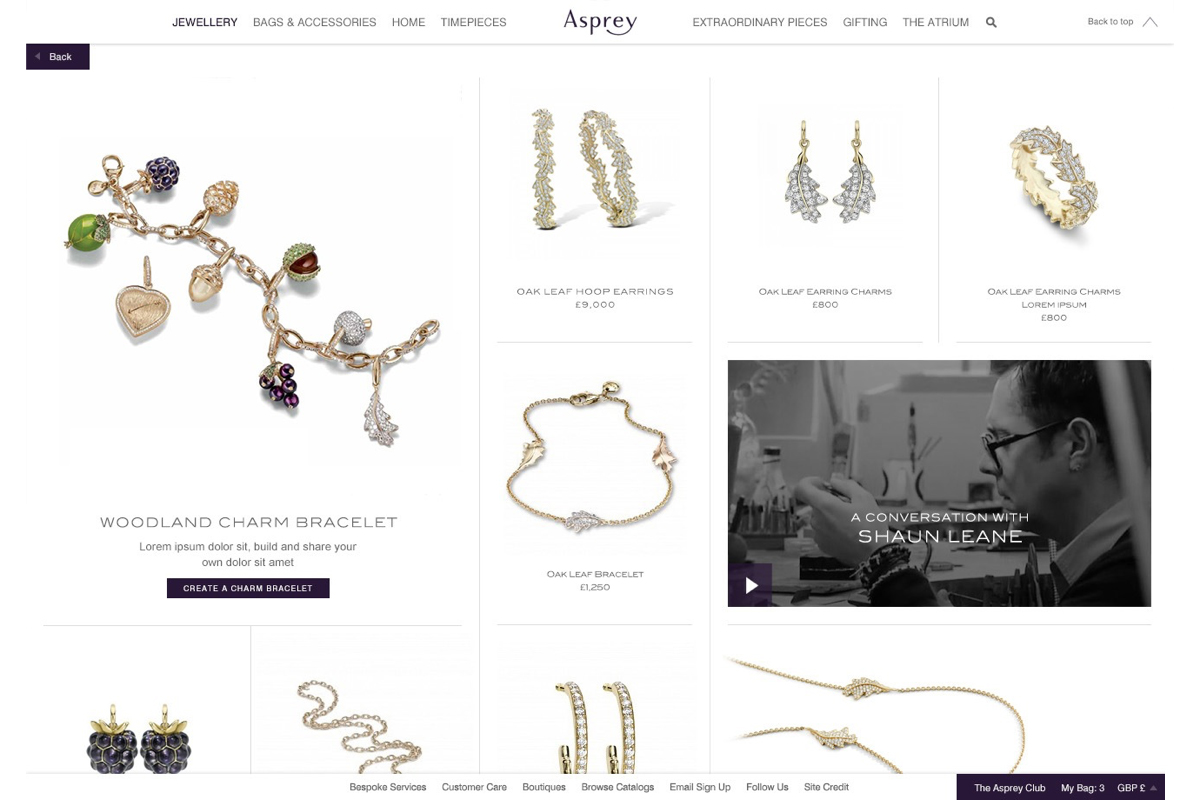Our Talk with the King of Fashion Digital, TONY KING
Over the course of the last 10 years, digital has crossed the divide from being a fringe idea to the largest single touchpoint and flagship store for most fashion design houses. The onslaught of digital development has given rise to a new form of Creative Director in the digital space, pioneered by leading digital champion, Tony King. King is the man behind some of the biggest digital ideas for the world’s best fashion and luxury brands, creator of digital flagships for the likes of GUCCI, MARC JACOBS, NOWNESS, 3.1 PHILLIP LIM, CR FASHION BOOK, T MAGAZINE and more. We sat with King to peek under the hood at his digital shop King & Partners and discuss how he got his start, how the space has changed, ideas, smart customers, and what’s next.
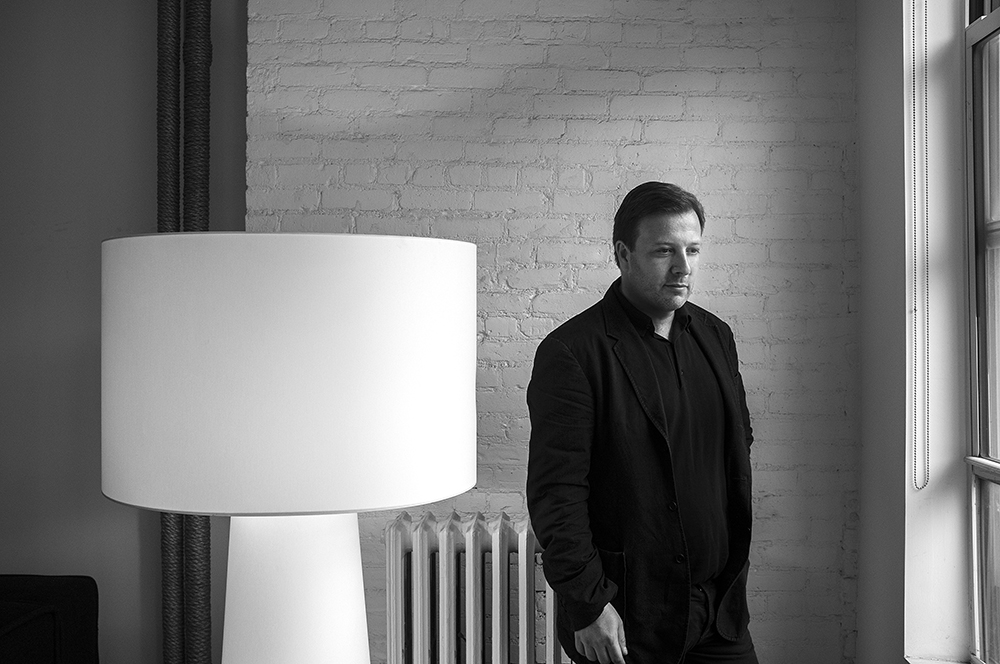
Tony, thanks for sitting down with us and showing us your studio. Impressive range of work.
Thanks for taking the time; I am a fan of what you are doing.
Thank you. It’s funny as you build so many great fashion digital projects but we don’t get a chance to see your name out front as many brands don’t necessarily want to put you guys up front.
That’s true. It is interesting; I’ve been doing this for almost 20 years now. So, I would say that out of all the agencies that now work on digital projects for fashion brands, I was the first in the space. Out of the agencies now working on digital for fashion and luxury, we have a great reputation and brands are quite proud of their relationship with us. Our clients are happy for us to put our name in the corner of the site, it’s like a stamp of quality.
The best creatives in the industry, people like Fabien Baron, David Lipman, Mark Noë, Doug Lloyd, Richard Pandiscio and others trust us, and have worked with us because we get the value of what they do and we’re very respectful of it.
Let’s go back 20 years to starting, and then let’s get into what it is that you do. So how did you start it all?
So I came to NY in the “dot.com” boom in the late 90’s and I had a really boring 9 to 5 job. I was working for a digital agency and creating websites for people like British Airways and Compaq computers. It was mind-numbingly dull. All of my friends in New York were either models, hair stylists, creative directors or working in fashion – which was way more interesting to me. People would come and see me and I would help them create these very early generation websites. I worked with quite a lot of different modeling agencies, back in the day people like One Model Mgmt, Supreme and Women Management, to help them get their digital presence and their portfolios online. From there, I started working for fashion designers and then brands.
One day I got a phone call from Gucci Group, saying that they heard that I was a fashion digital guy. This was literally 1999, I think at the time, so I got a phone call from Gucci and I ended up becoming Gucci’s digital design director – working under Tom Ford – and it was amazing, really amazing. So I got to travel to Italy, France, England and worked with Alexander McQueen himself, Stella McCarthy herself, Thomas Maier at Bottega Veneta, and Tom Ford on Gucci and Yves Saint Laurent. It was fun for me to design their sites and also to find people or local agencies to build them. I did that for about 2 years for Gucci Group and I said, “Hold on, there’s a need here for an agency to do this,” so I left Gucci Group and started a company named Createthe Group, and that was my first agency in 2003.
I was in the right place at the right time. Fashion was just getting switched onto e-commerce and digital – way less than it is now, but it was a significant step at the time. My first client was David Yurman, my second client was Marc Jacobs and then it grew from there – AnOther Magazine, Armani, Balenciaga, Bulgari, Calvin Klein, Stella McCartney, Oscar De La Renta, Burberry, Fendi, Donna Karan, Tom Ford and Nowness. We grew from my loft space on Ludlow St. to 220 people between New York, Milan and London. It was an amazing journey, really cool. I learned so much.
I don’t think people know necessarily what a heavy lift it was to get brands on the bus as digital wasn’t really embraced by fashion.
Completely, a lot of brands that I was talking to and a lot of the people at Gucci Group were pushing back on the idea of selling online, or even having a website itself.
I remember Natalie Massenet coming to the Gucci office and telling us about this new idea she had called “Net-a-Porter”. No one thought people would buy anything that expensive online, they thought the idea was ludicrous but I didn’t, I knew it was the future and I built an agency based on it, it was trying to convince brands that the Internet wasn’t necessarily a lowly thing that nerds were using – it was a real channel and a real place that they had to be. Of course it has changed now, you can hardly keep up with some of the brands and the things that they are doing.
Let’s talk about those early years. Why did you switch out of Createthe Group and go off to open King & Partners?
With Createthe Group, I felt like I had achieved everything I could with that company and we got to a size where I started to enjoy it less and less. I’m a creative person and I really enjoyed the creative process and I felt like we were being rushed and I was working on too many things, at times for brands I didn’t respect – it just wasn’t enjoyable. Also, a big part of my career has been balancing creative ideas with good technology and I felt that we weren’t investing in the technology platform in a significant way. We had investors come in and it just felt like a good time for me to try something new.
Investors, they just ruin everything, right?
One day, I sort of had a realization – I was on a plane going to see a brand in LA that I didn’t particularly care for but had no choice in going or not. But then I realized, I do have a choice, it’s up to me what I choose to use my creative ideas for. Anyway, the plane was delayed, we were all sitting in our seats at the gate and I got up and walked off, that was the start of me deciding to go my separate way and launching King & Partners in 2010.
I wanted to create an agency which was about becoming partners with the brands, a smaller client roster but with deeper, long term relationships. The work that I have enjoyed the most is with brands that I’ve been working with for a long time, two examples were David Yurman and Marc Jacobs, I’d been with them for years and it was a really enjoyable relationship. When you work with brands for a long time, there’s trust on both sides, and better work comes out of it.
Let’s talk about 2010,when you made that brave move.
It was terrifying. I really thought I’d have no clients and would fail in three months.
So what happened then? How did that evolve?
The first thing I did was call a good friend of mine, David Lipman, who invited me to his office space to start the new company – which was really kind of him and he has been there through the years, as creative inspiration and a good friend. So I started the company, I purposely chose the worst corner in his office that I could possibly find, a cubicle in the accounting department on the lower floor opposite a toilet. I didn’t want to move into the nicest part of the office as I wanted to be encouraged to get out and get my own space.
I was with my girlfriend, Inii Kim, who has worked alongside me for ten years and who is now our creative director, who came with me from Createthe Group. We were sitting in my apartment, we had the promise of two bits of work, one was Jack Spade and other was John Hardy Jewelry, so we launched those sites. We hired a project manager, Nicole Carrassco, who has also worked with me for ten years now, hired developers, creatives, got some more clients and then we found this space on Great Jones Street.
Today we’re just under 30 people, we’ve grown steadily but not super quickly. We’ve said ‘no’ at the right time, which I think is a really important lesson. I learned between the two agencies to say ‘no’ to some clients, which in turn allows you to say ‘yes’ to more cool and interesting things and I’m really proud of what we have done.
The other bigger difference is, we’ve created a lot of content; so with the previous agency, we were given pieces to put online and to make it look good. With King & Partners, we are more strategic and content-driven. We’re a very ideas-driven agency, I enjoy coming up with the ideas, coming up with the content ideas and creating that content – shooting films, shooting photography, writing copy and putting that online. We are very, very focused on the conversion point – making content that ends up with some transaction of some kind. Whether that conversion be buying fashion, booking a hotel room or buying an apartment – that’s another thing that makes us different, conversion focus.
Let’s go back to creating the content, what would be an example of that?
A really good example of that is Edition Hotel. Edition is Marriot’s joint venture with Ian Schrager. Quite often when we’re launching a hotel site, there’s no content, the site needs to go up so they can take bookings, but they are still building the hotel.
With the Miami Edition, we came up with this idea of shooting a 24-hours in Miami video – ‘what would you do if you had 24 hours?’ I was really influenced by Pharrell’s 24-hour “Happy” video, so we created an interactive film that has four points. When you watch it, it knows what time you’re looking at it, so you can go to the closest point to the time you first look at it. Then you can go forward or backwards in time, so you can see morning, afternoon, or nighttime activities in Miami. There’s always an activity or interactive element or a clever element to the content which we create.
In many ways, you have expanded into a full-scale creative agency.
I believe we’re an agency, we’re very digitally focused, we’re not creating branding or print advertising, but we’re a real agency.
You are about ideas.
Absolutely, that’s what it’s all about. I think what makes us different is that we have good ideas. All the talented people that you feature, they all have that in common, good ideas (and good taste.)
Between 2010 and today, 5 years, what has changed in the industry?
It’s become easier to build a website but it has become harder to build something more sophisticated. With the focus on mobile, responsive builds and the strong focus on e-commerce, I think it really separated the men from the boys. A lot of people have dropped out who thought they could do this. A lot of agencies gave up on the digital idea because it has become so advanced with everything becoming so transactional, everything being mobile and tablet-based. I think everything has become very sophisticated. All the systems that you have to integrate with – it has actually thinned out the competition, in some ways.
What about the expectation about the client today, has that evolved?
I think a few years ago, the role of a digital agency was more project-based – “Here’s a website, have fun and good luck with it.” And now it’s more, “Here’s your digital strategy, the site is a part of it, here’s what you’re doing in stores that is digital, here’s what we’re doing on social, and, by the way, let’s measure that and let’s optimize constantly,” and it’s a never-ending circle.
Let’s think about measurements, the Holy Grail that everyone kind of looks at. Have you found that brands are measuring too much, too little, or the right things?
A lot of people are obsessed with measuring sales, which I understand. But a lot of the time, a digital project is about creating a really positive emotion in a customer’s head about the brand. It might not result in a sale immediately, but it might result in a customer walking down the street two months later and going into a store, and that’s almost impossible to measure. I think measurements are important in terms of e-commerce, analytics, site traffic, and I think the thing that brands forget, is that it’s about doing something cool that people will remember and think fondly about the brand. That’s very hard to measure.
We saw in the last economic downturn a lot of brands cut back on content and go with basic commerce websites – just to meet the short-term goal of making money. I think the long-term downside of that is the branding didn’t turn out so good. It’s all about sale, sale, sale, and I think it makes the brand look pretty bad sometimes; it’s better to take a medium- to long-term view and create revenue in the long-term.
Who do you work with that has been really good with branding?
3.1 Phillip Lim is a great example. They walked into the office 4 years ago with a very basic flash site. The thing that I liked about them was that they understood they were a brand that was on the cusp of serious growth and they needed to match that digitally.
So we created a whole new e-commerce site and content strategy for them. I think a lot of brands are trying to catch up to where their customer is and I think 3.1 Phillip Lim did a good job of doing that.
In terms of some other brands that we have worked with, I think Edition Hotels are another good example. I think they’ve understood they have a cool, hip customer, and I think they’ve launched a cool, hip customer experience, which matches their brand very well in terms of what are they doing offline.
So what are you looking forward to next?
We’re at 5 years, and I’m ready for the next chapter. I really see onwards from 2016 as the second chapter for King & Partners. I think it’s about us working with bigger brands. I’ve purposely stayed away from bigger brands in the first 4 years of King & Partners. Mostly because I hate lawyers, I hate bureaucracy, and I like to work with the decision makers. I think it’s about finding the right big brands that can be trusting and that can be brave. We actually experienced that bravery with one huge brand recently. Quite surprised me.
We like ideas to stay true, so with smaller to medium brands, we present an idea and it doesn’t get filtered down and it ends up coming to fruition. In our experience with big brands where we have an idea, someone changes it slightly, and then the lawyers get involved and by the time we launch it, we might not be so proud of the work. I think the challenge for us with the next chapter is for us to do good/great ideas and launch them successfully with bigger brands. So we’re excited, we’re going to see some growth in the company, we’re going to hire a few more people and grow.
So about ideas, if you had to distill what is at the core of your DNA, what is it?
I think there are several things; one is that we’re very pragmatic, and that comes from me. I think this process can be very complex and scary for some brands. I think we make it simple. I think we’re more than just an agency, we help pull together all the sources that they need, content teams, back of house operations and software, fulfillment centers, and even helping them hire internal e-commerce teams. We’ve become partners with brands in that way; we’re really trying to help them. That very pragmatic and simple approach is a big one for us.
The other thing is ideas, which we touched on. For many agencies, a brand will come in and the agency will do exactly what that brand tells them to do. They’re just executing. I think we’re quite good at challenging the clients, so they might walk in and say, ‘This what we want,’ and we will present them with, ‘This what you need.’ Sometimes they are two different things. We’re brave enough to tell our clients that.
The third one is focused on conversion, as it is not just about building a pretty web design. We make beautiful work, but it has a purpose and a function.
Well, CFOs must love to hear you say that.
What actually happens is we get invited in by a creative director or someone who has seen our work or that thinks it looks nice. We normally walk in and the IT department usually rolls their eyes, and suddenly we start saying all the right things about technology and then the CFOs are rolling their eyes and we start saying the right things about material investment and ROI, and that’s how we get everyone’s buy-ins, because we check everyone’s boxes.
So after those buy-ins, are you peeking underneath the hood and saying, ‘In order for some of these parts to work, this also needs to work?’
Completely, the most obvious example of that is software. They come to us with what they want to do and we put together a proposal. A big part of a proposal is obviously to build and design a website or digital tools, the other piece is software, that is the stuff that keeps brands a bit out of date.
The fact is that these brands traditionally have old legacy systems and quite often an IT department that says, ‘But we’ve always done it this way…’ And that’s what I think has been keeping these brands back. I think it’s about getting rid of those attitudes and being willing to try new things and systems and tools.
A lot of brands are using the same e-commerce platform system because everyone isn’t really looking at what’s new. There needs to be a level of braveness that is isn’t quite there yet with some of these brands.
Are you building the software or are you recommending software?
King & Partners as an agency is platform agnostic. But if it’s a brand that’s doing between 2 million to 50 million, or wants to, then we would recommend our Sellect Commerce platform.
What is the greatest barrier, do you think, to success and partnerships?
I think a lot of brands are scared of what they’ve perceived as best practices, and it means there’s not enough innovation and not a lot of people moving forward enough. We launched the website for a brand I won’t name and we had the navigation on the right hand side, which is a bit of a “no-no” in best practices. We assured them that it wouldn’t make much of a difference and it didn’t. We did an A-B testing and it launched, sales were strong. Customers are smart. We find brands presuming the customer isn’t very smart and if you think your customers are stupid, you end up launching a stupid website. It’s not about catering to the lowest common denominator – that’s where things go wrong.
We always assume they are smarter than us. And certainly can spell better. Thanks for taking the time to share what you are up to.
Thanks, and anytime.
